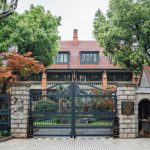I went to Lijiang to attend a wedding. The wedding was held at a very high standard, on the plateau, under the snow-capped mountains, and even more so, it was held at the Aman, where a night’s stay costs over 5k.
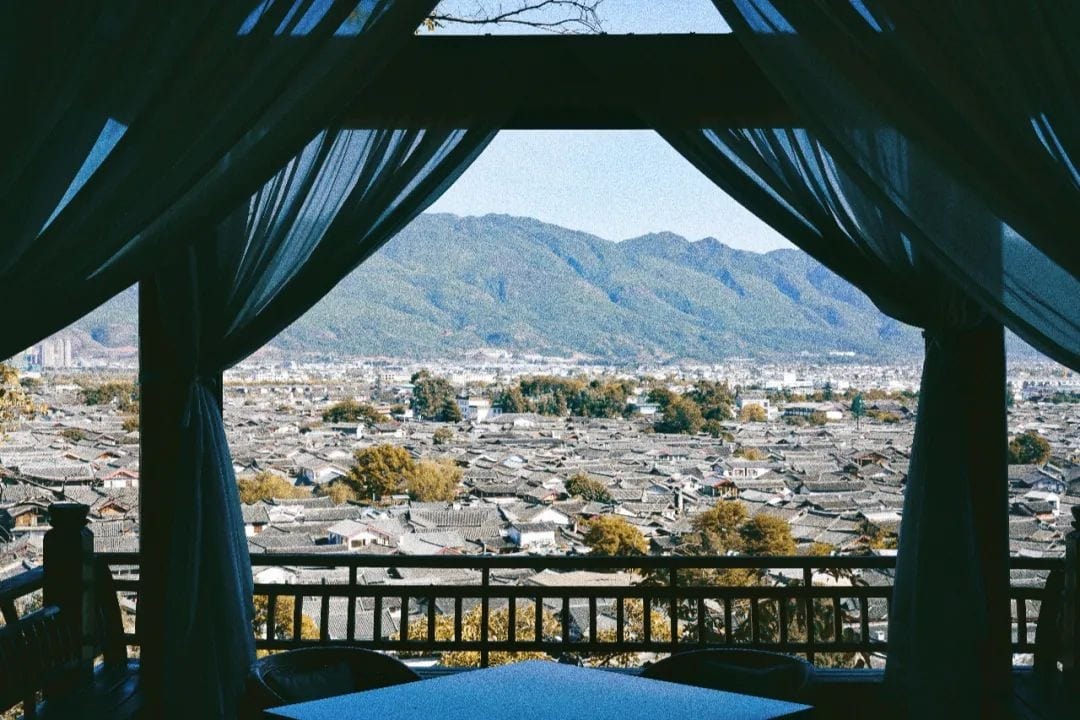
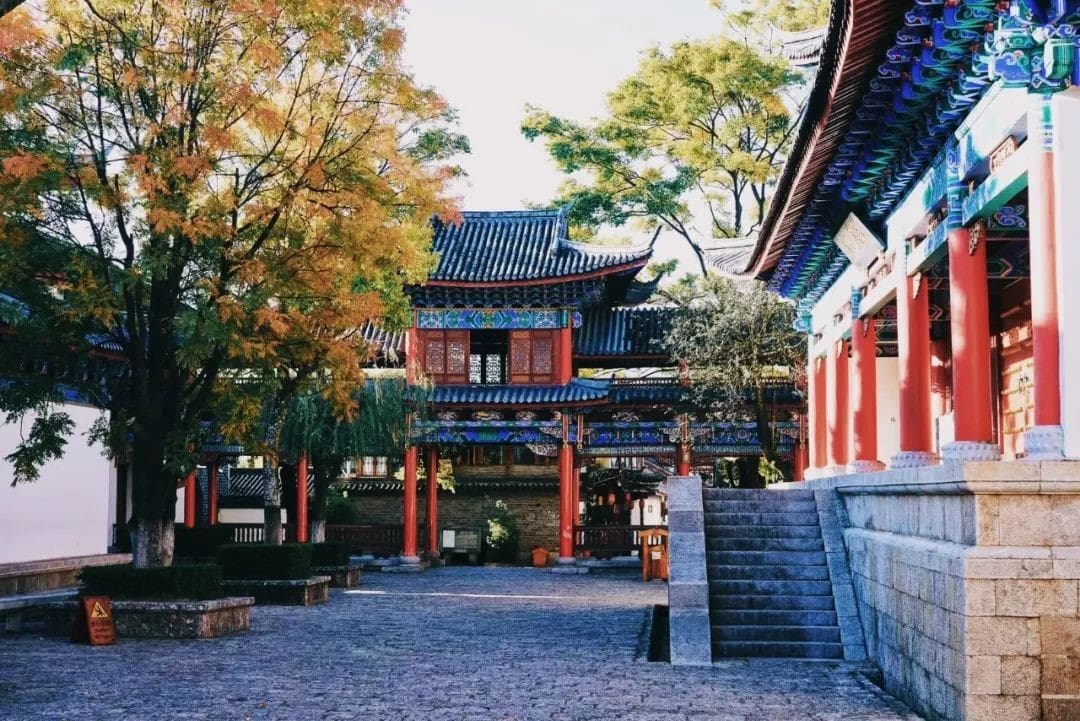
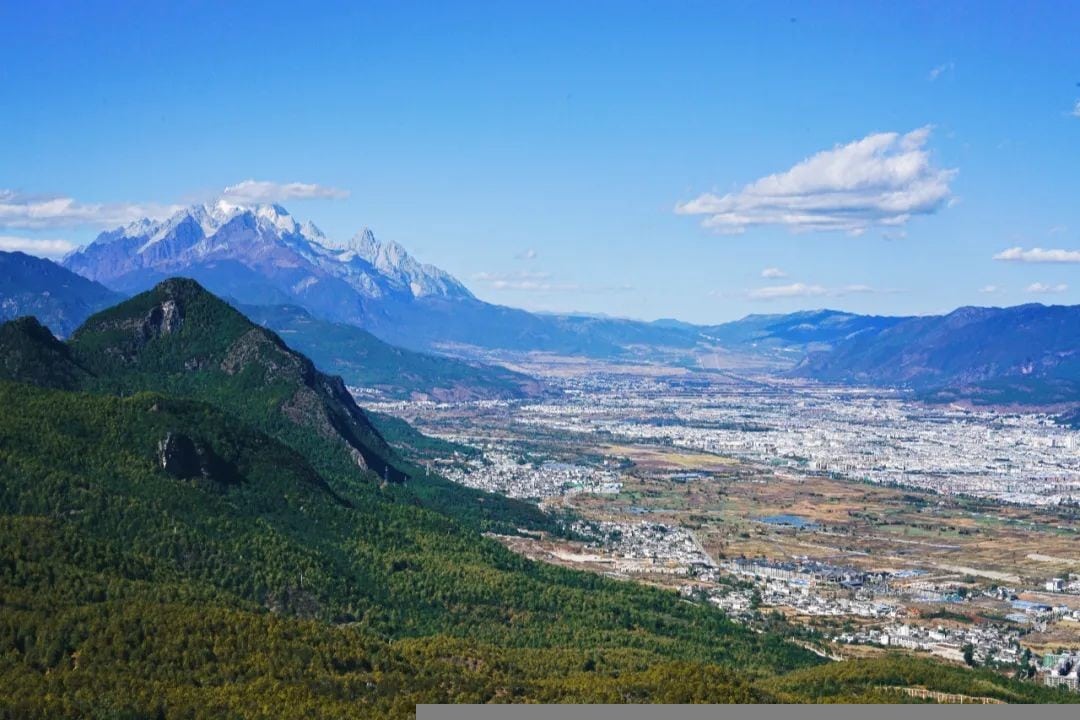
Moreover, unlike the usual Han or Western-style weddings, this was an authentic Naxi courtyard wedding, interesting and quite rare to see, so I wanted to share it with you.
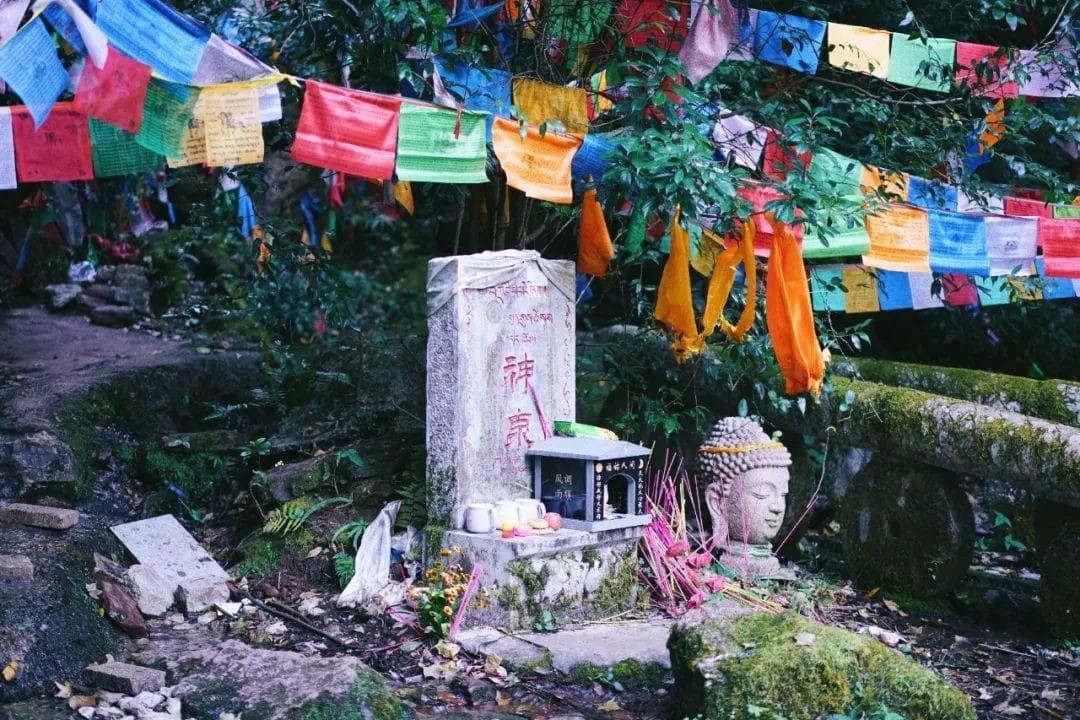
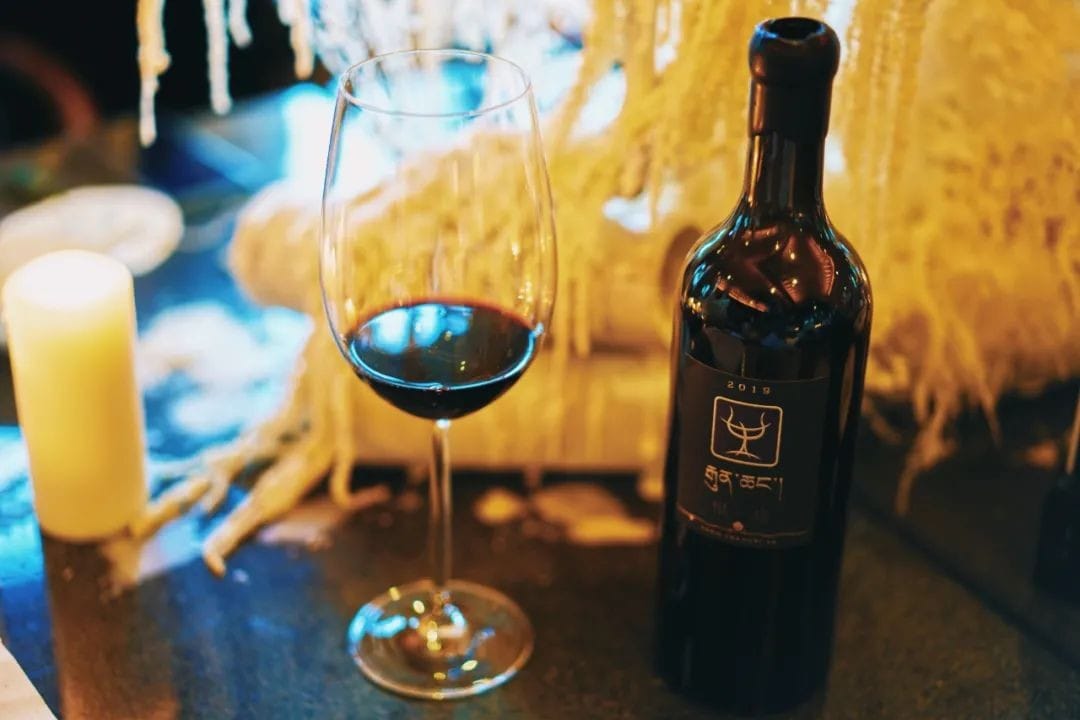
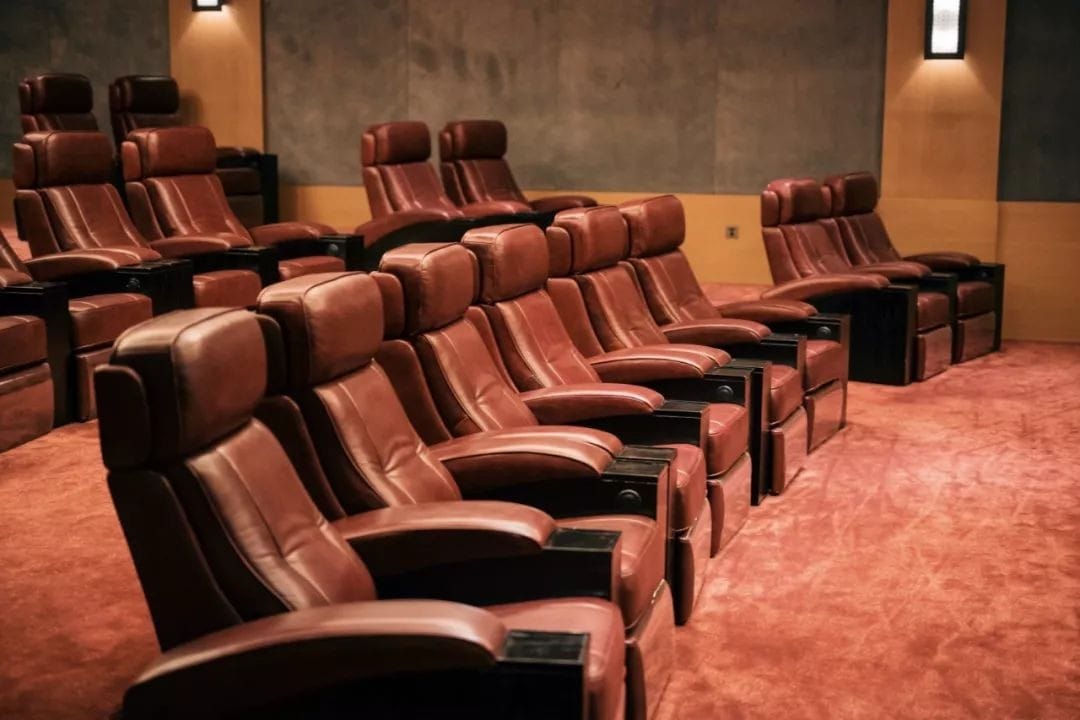
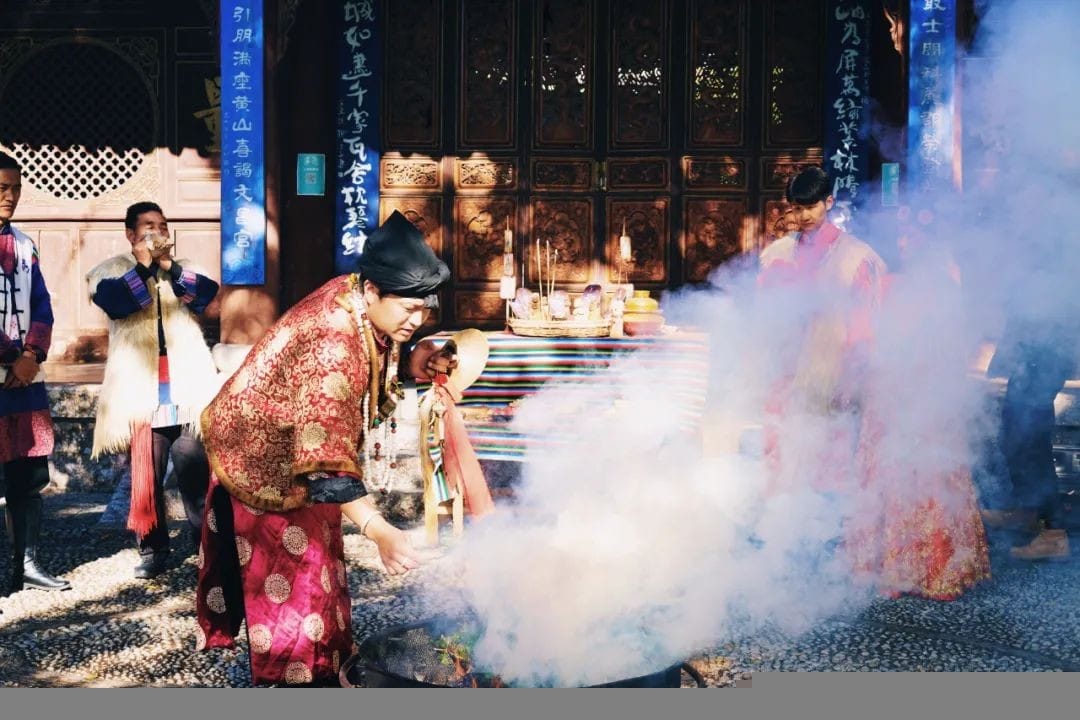
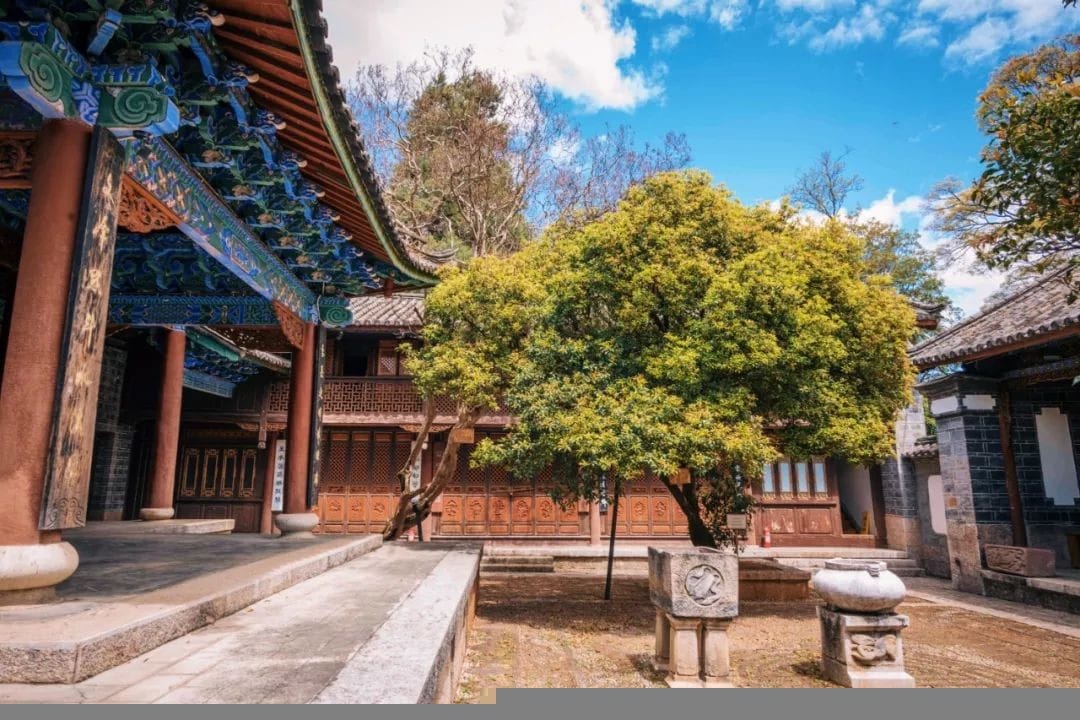
You wouldn’t believe it, but this traditional ceremony was super fitting with the style of the Dayan Aman itself. Just looking at the photos, it felt like I was in a wealthy Naxi household.
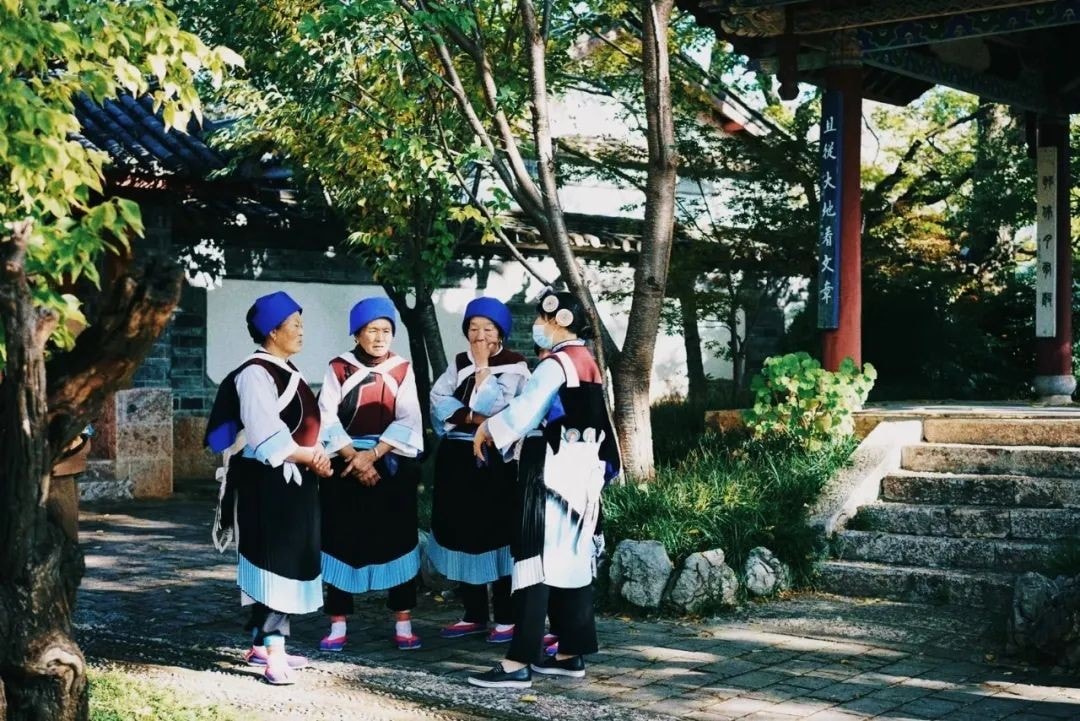
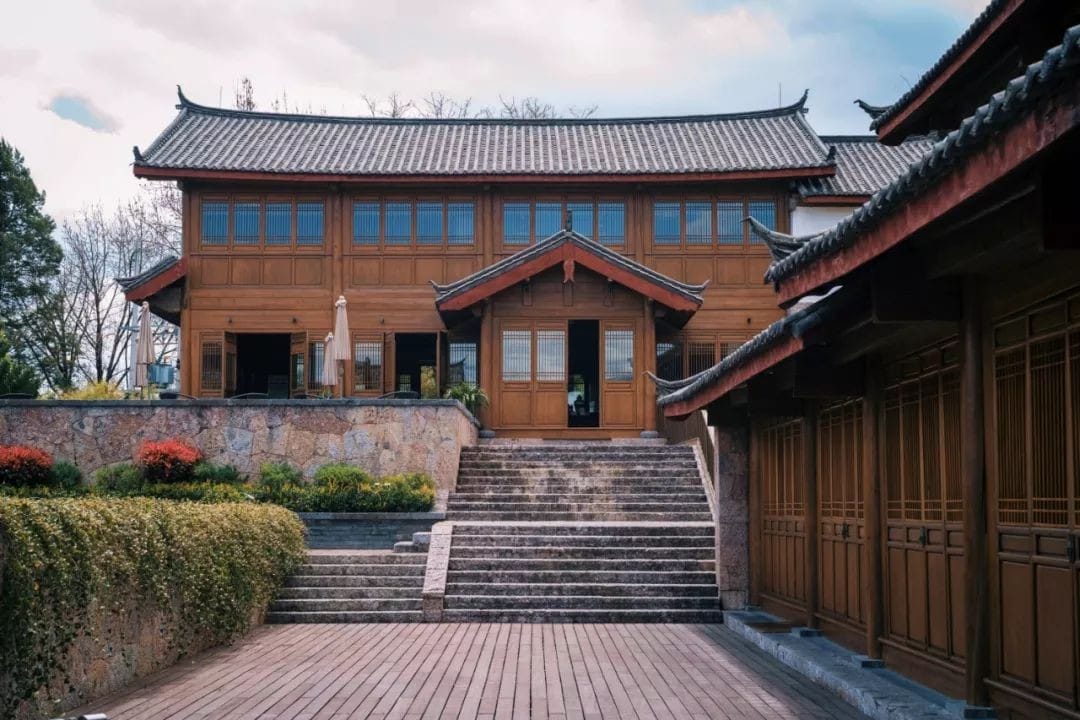
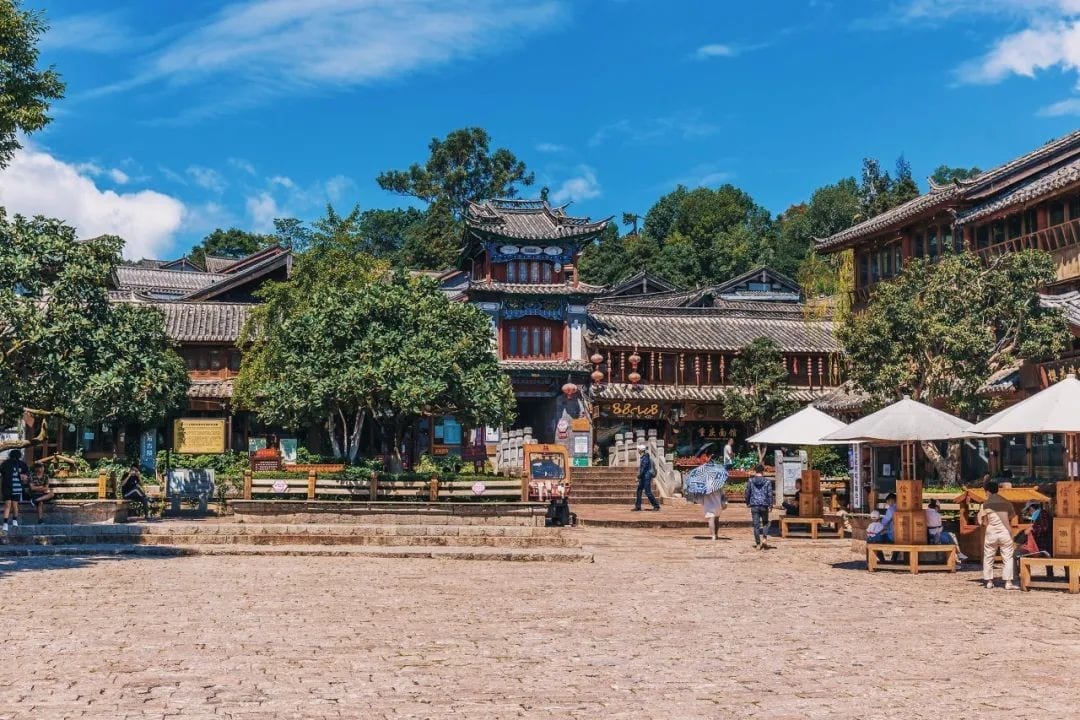
The wedding procession arrived in the morning with drums and gongs, leading with the music group, followed by the aunties carrying baskets, who were the dowry group. The bride’s dowry included valuable family assets and also brought along some auspicious local Yunnan specialties. (If I were to imagine myself, I’d probably have to fill ten baskets with zongzi?)
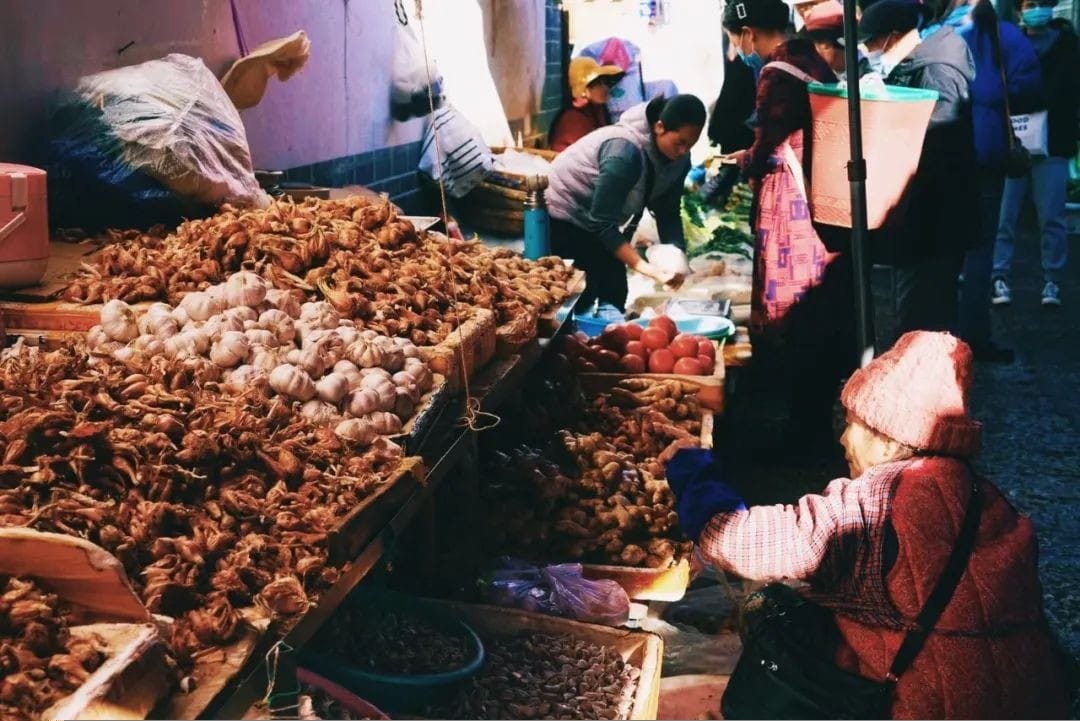
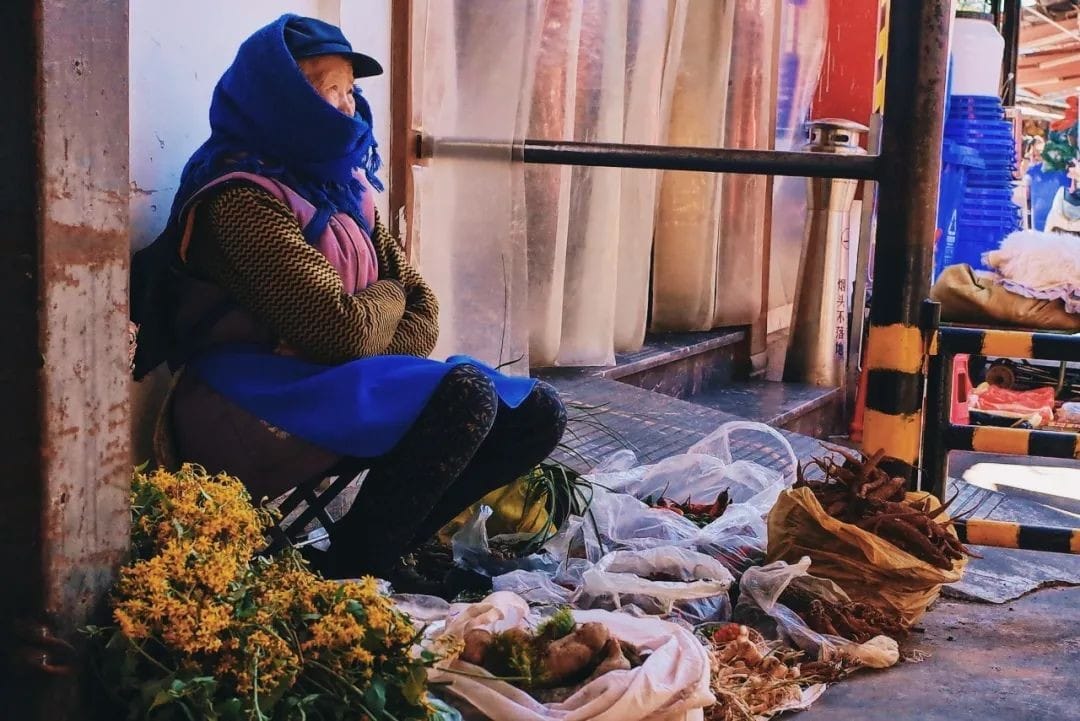
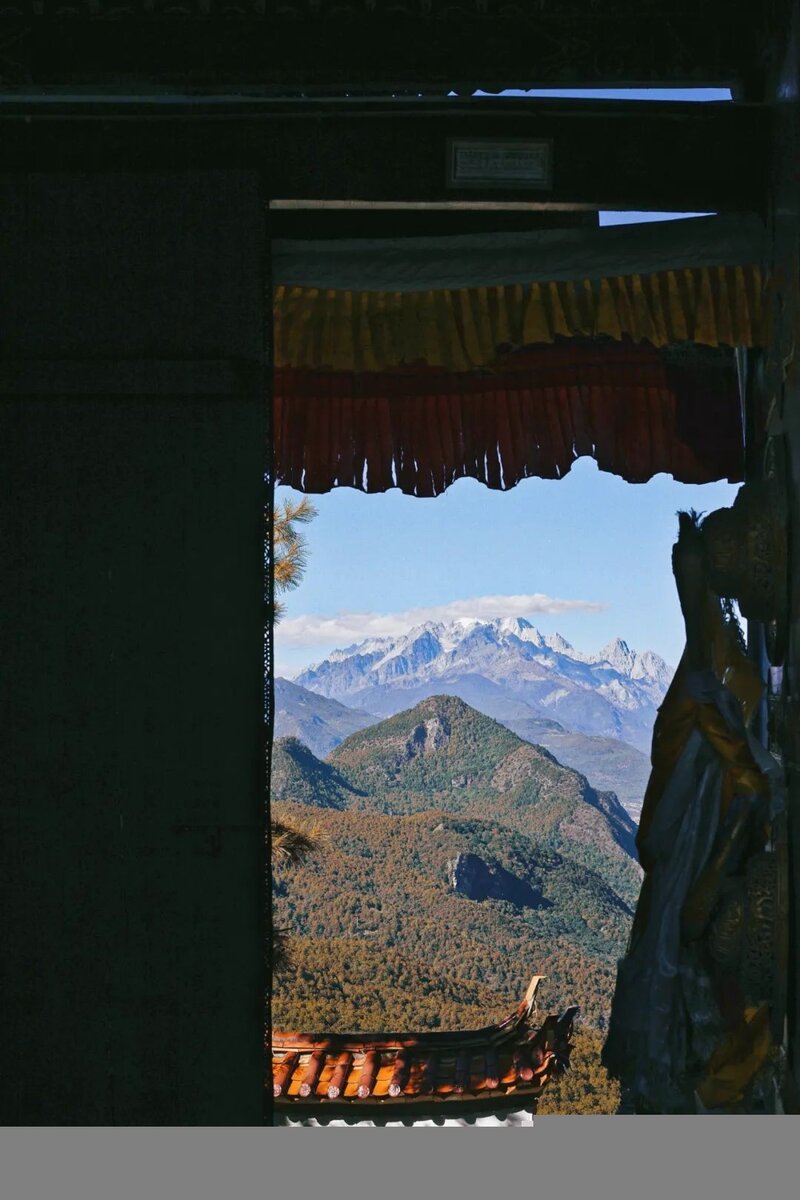
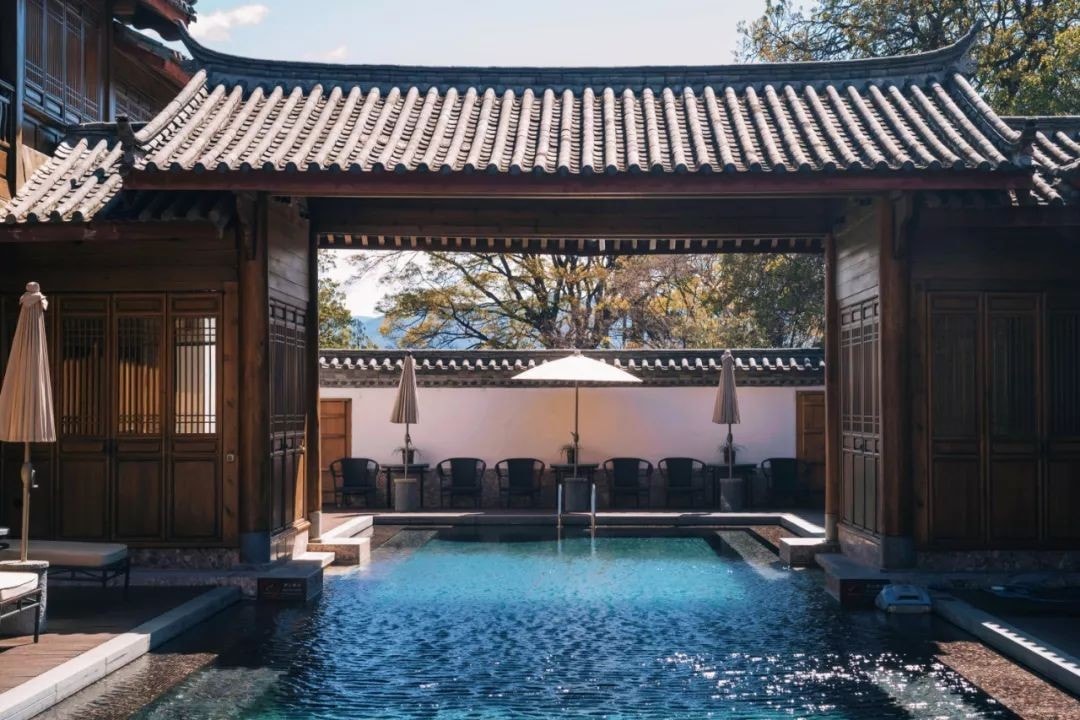
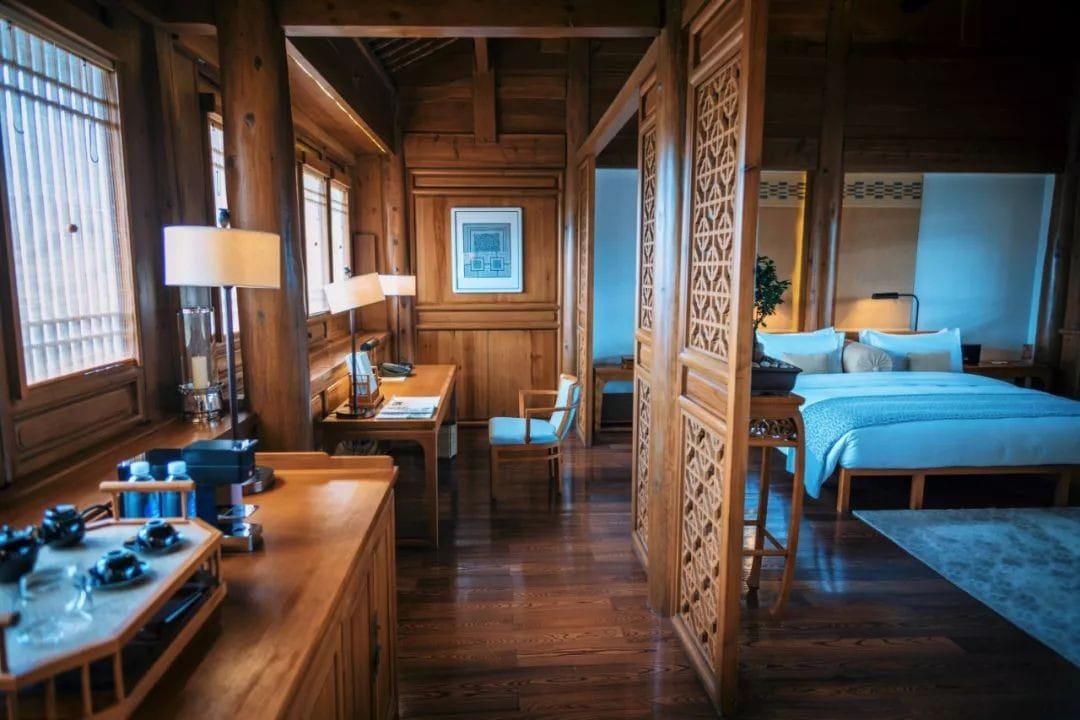
By the way, the traditional Naxi clothing the aunties wore has such a beautiful name, the shawl on their back is called “Wearing Stars and Moon,” made entirely of sheepskin, beautiful and durable.
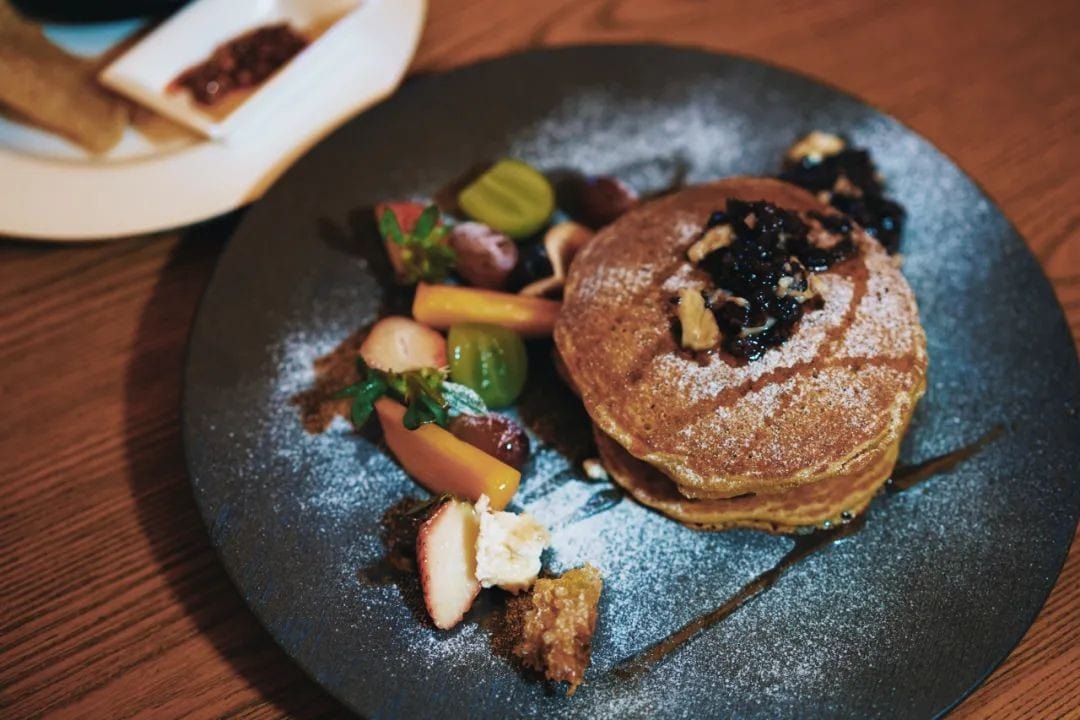
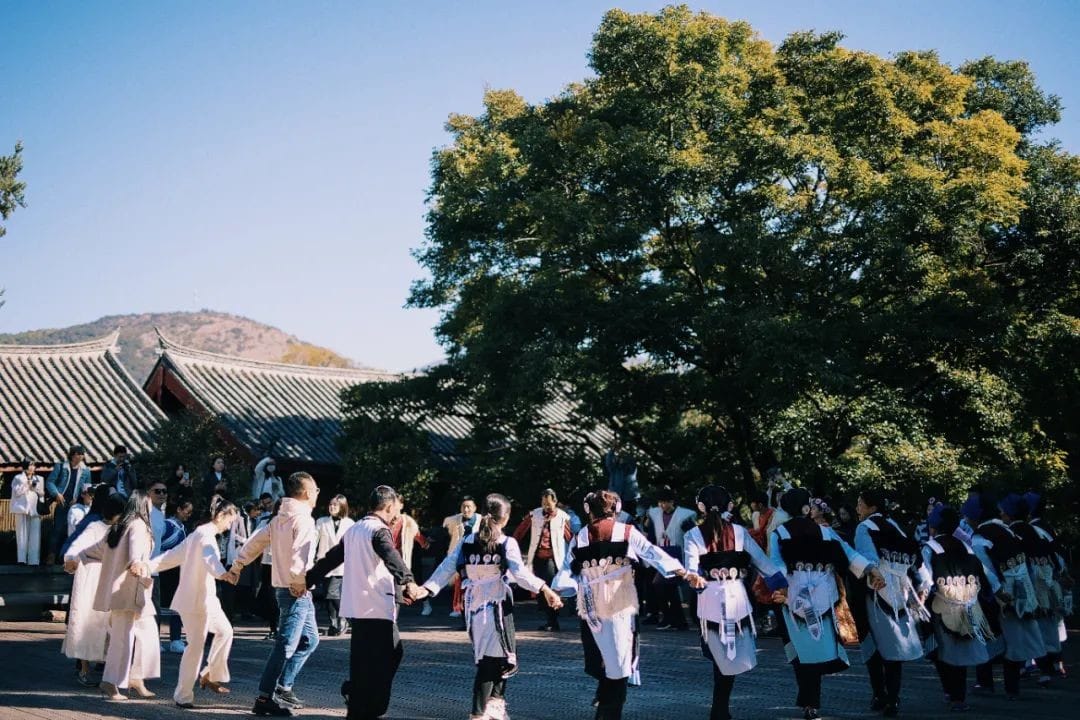
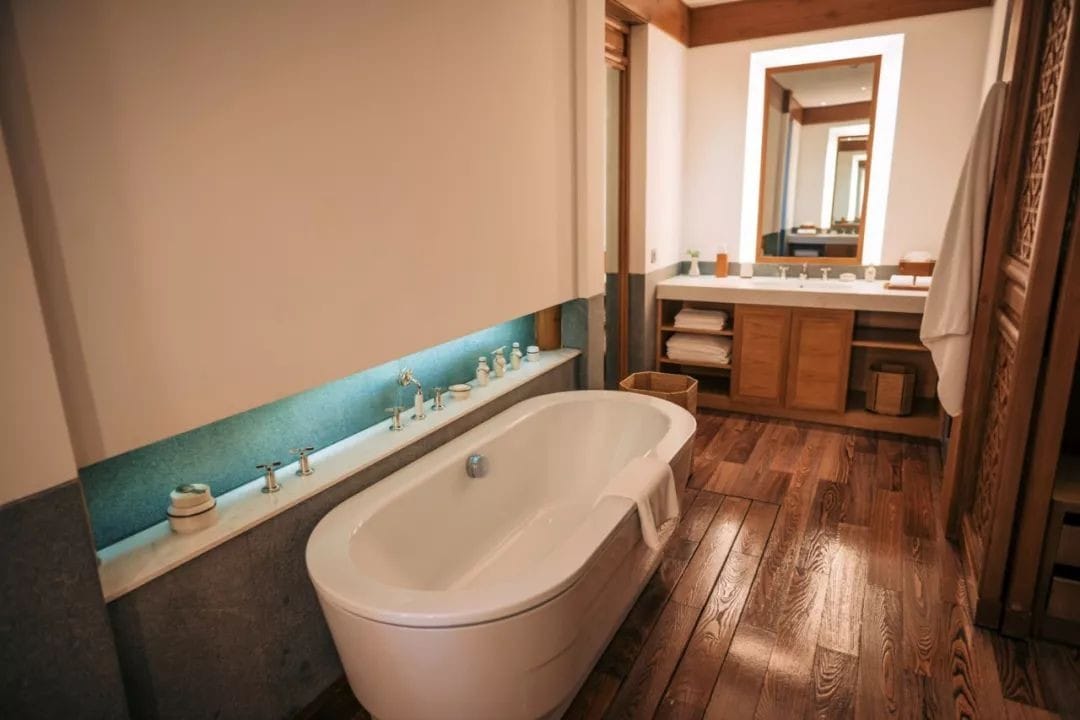
Upon reaching the bride’s courtyard, the procession didn’t engage in any fancy blocking games but instead utilized the “built-in” talent buff of the ethnic minority—singing in response.
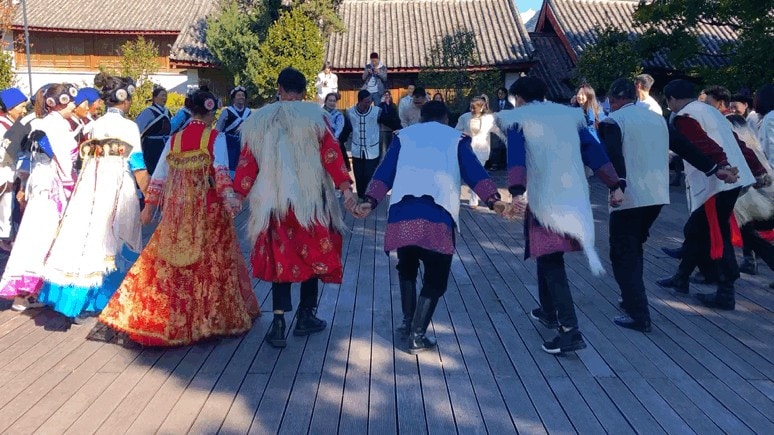
What they sang… I didn’t understand a word, but the back-and-forth and the atmosphere were great.
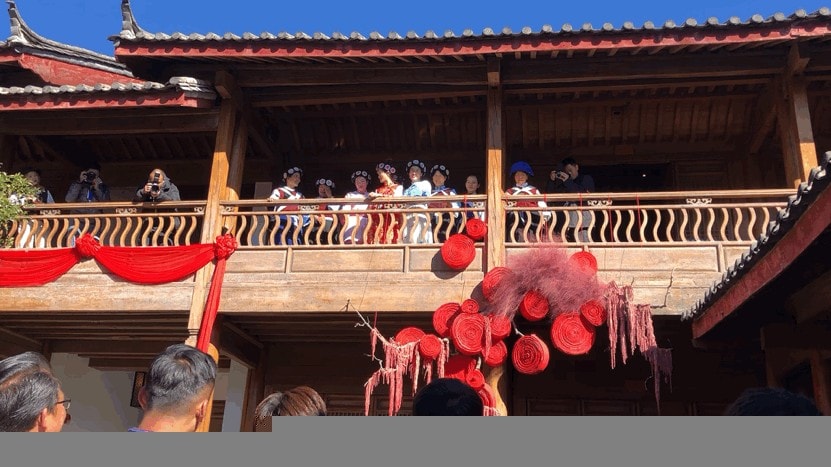
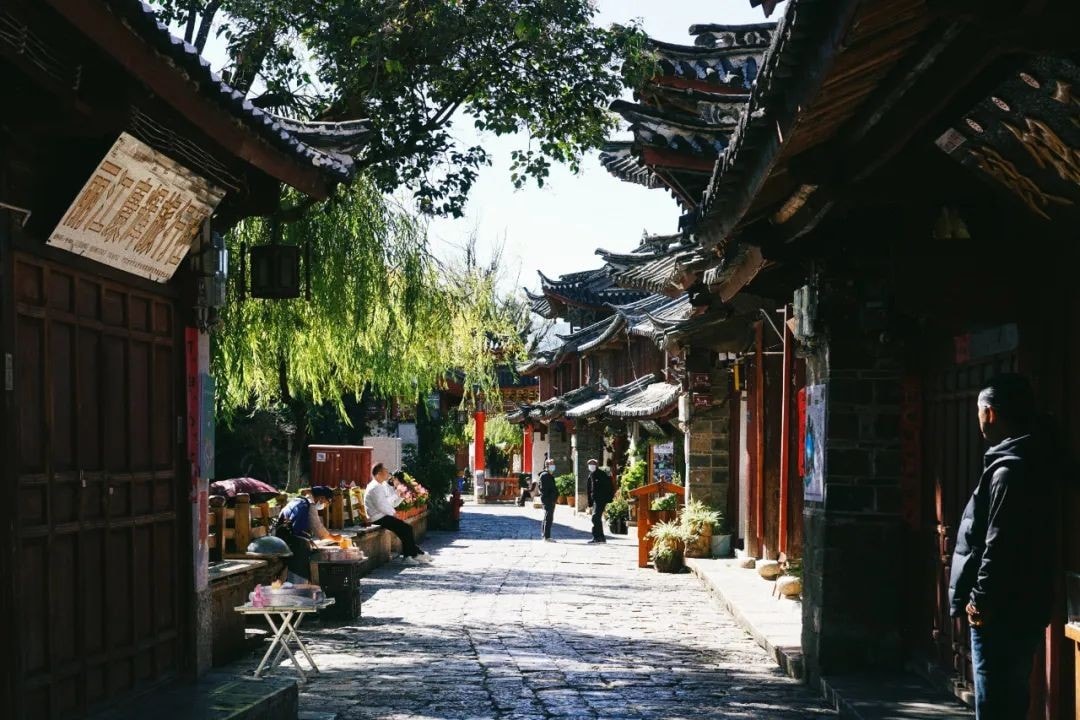
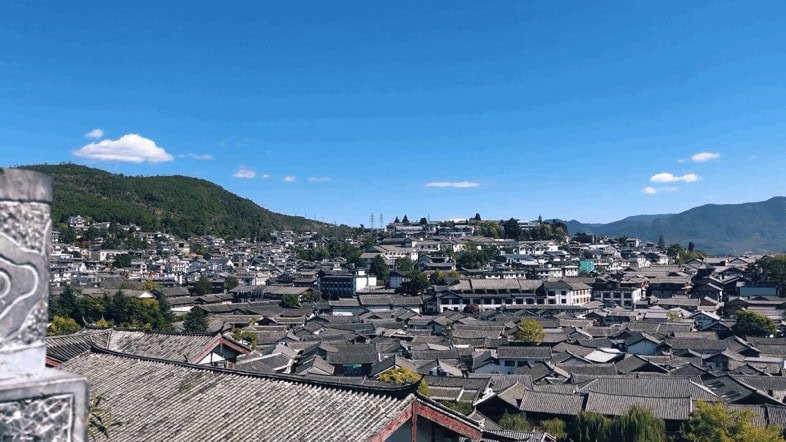
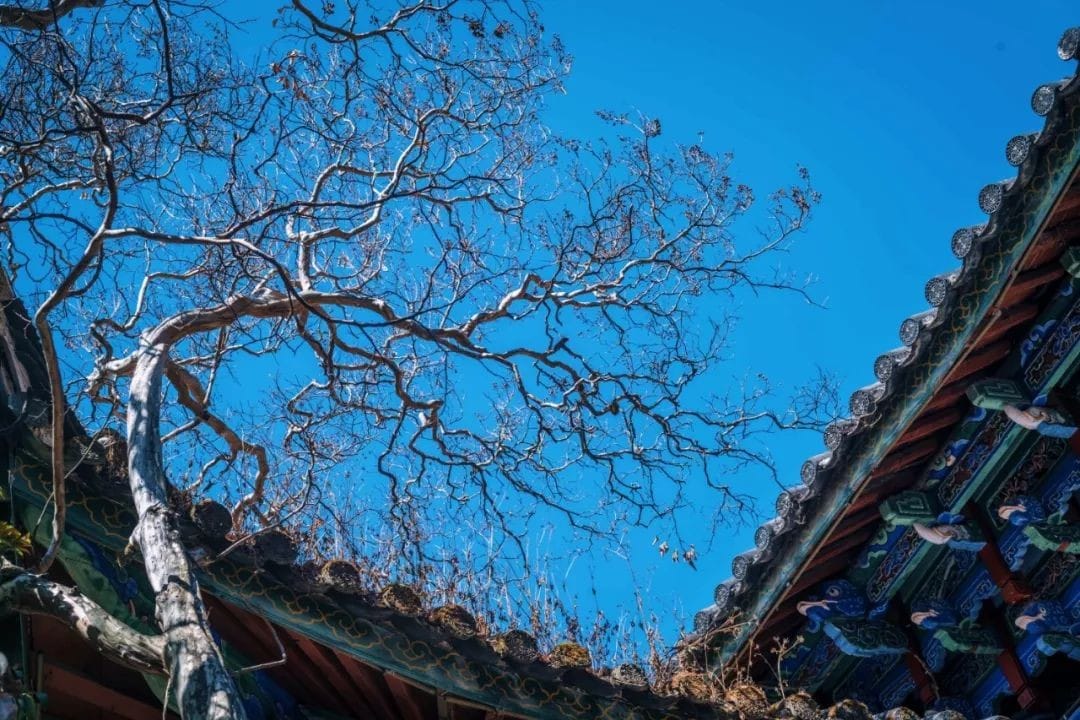
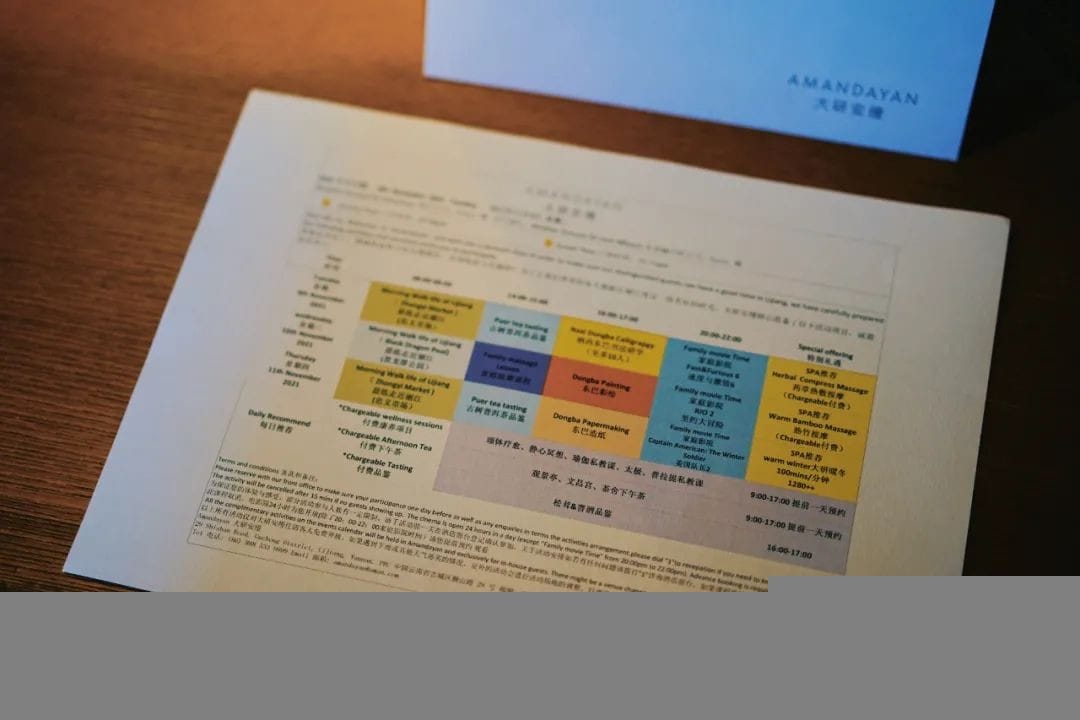
Before the bride left, her mother sang the Naxi “Daughter’s Wedding Song” while combing her hair, also known as the crying wedding. The mother’s words were sorrowful, and the scene was quite moving.
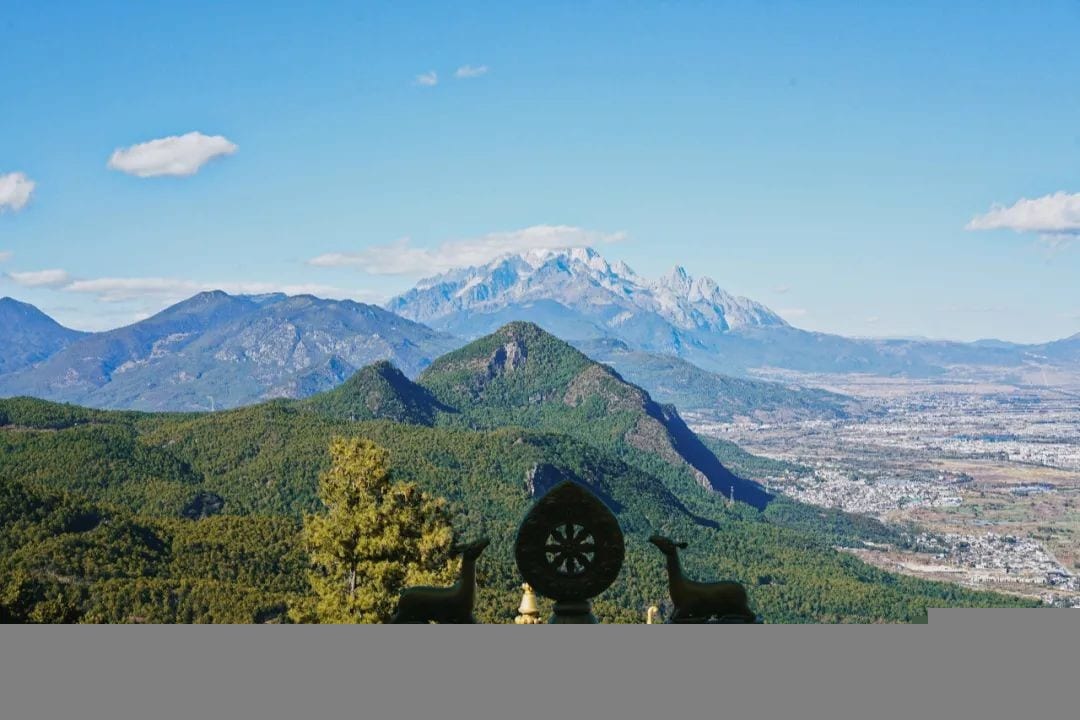
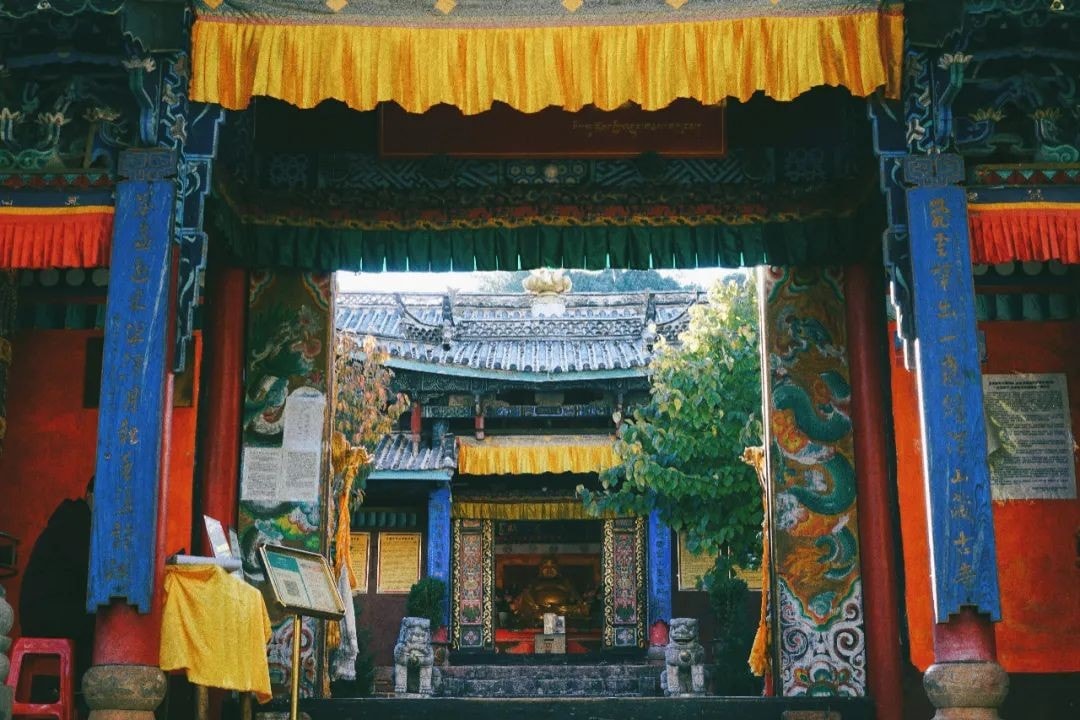
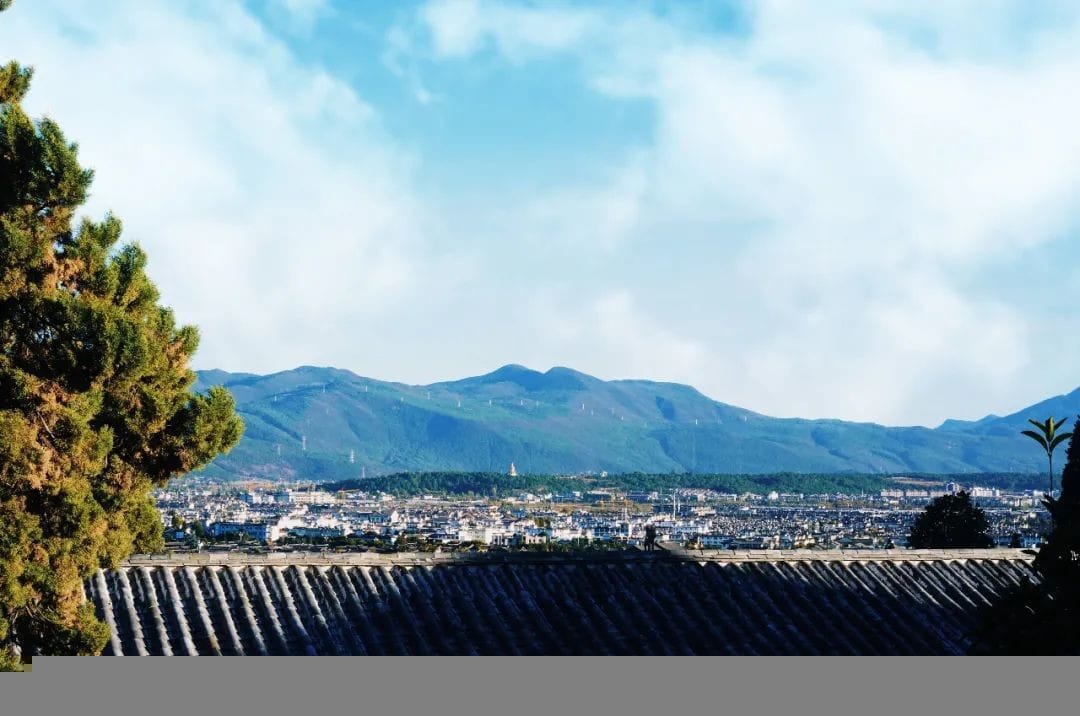
After receiving the bride, the procession arrived at the Wenchang Palace to perform the most important ceremony in the Naxi wedding.
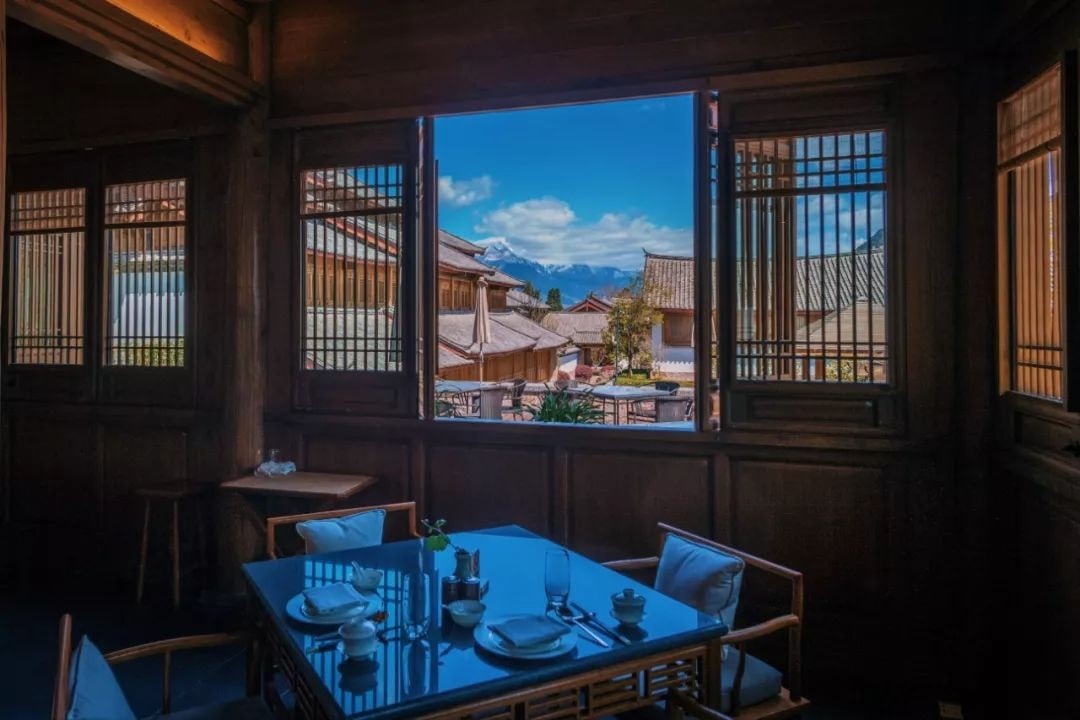
Aman’s locations always like to be close to various cultural heritage sites. The Dayan Aman is not only by the “World Heritage” Lijiang Ancient Town but also includes the key cultural protection unit, the Wenchang Palace, within the hotel.
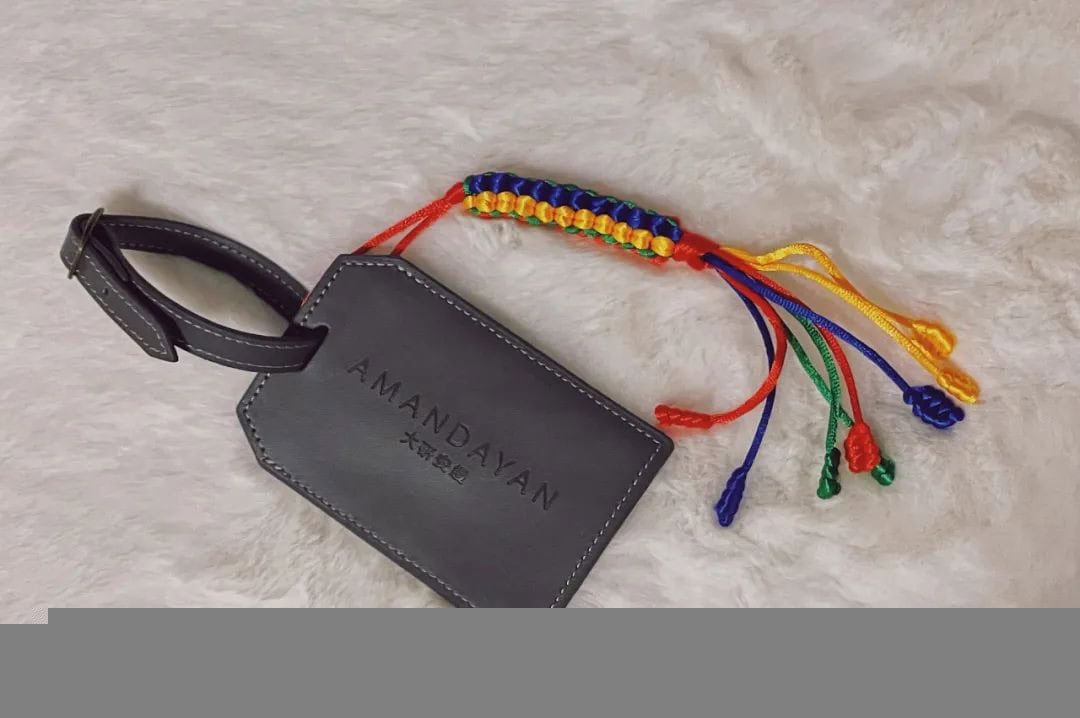
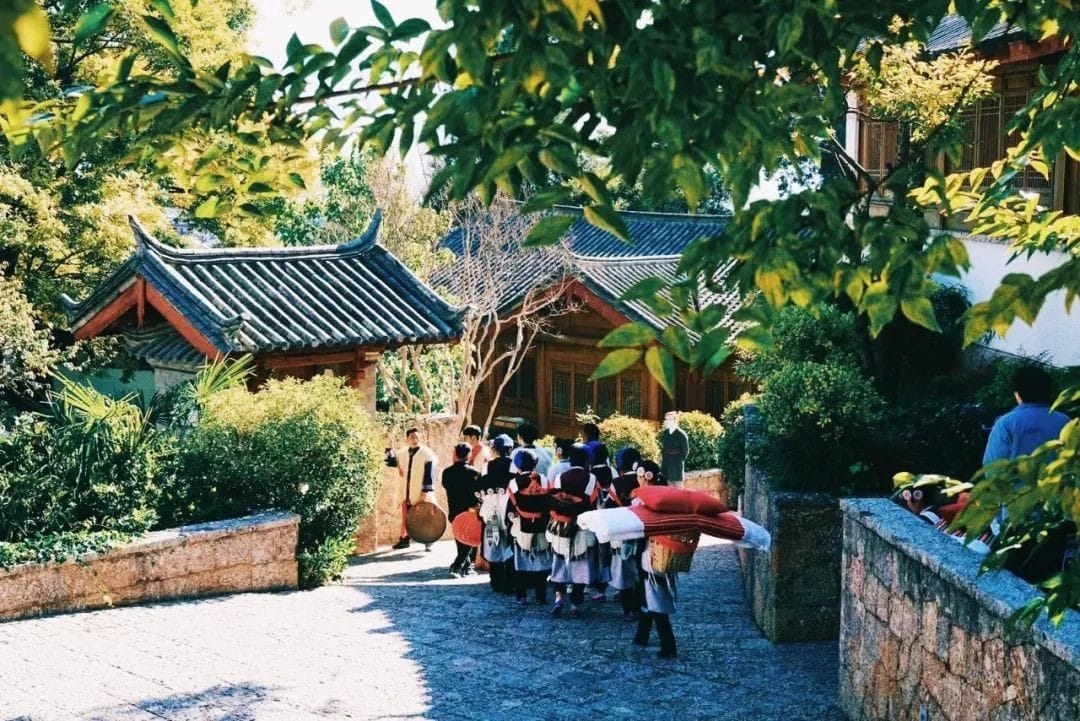
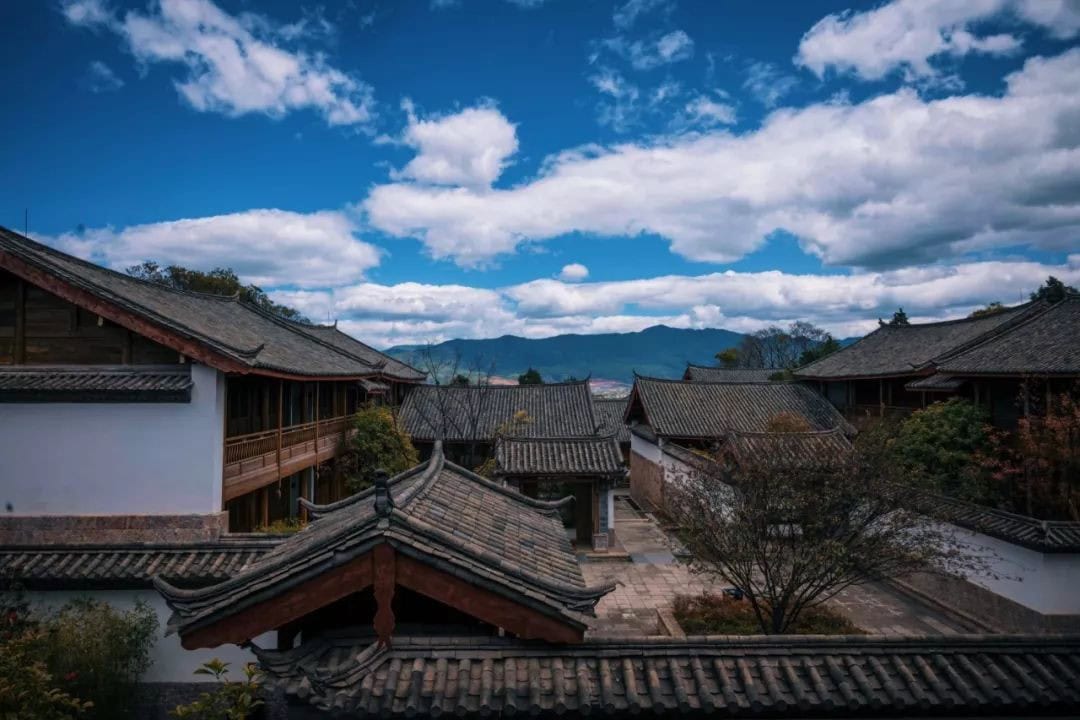
Sprinkling purified water with pine and cypress branches is also a traditional Naxi blessing method.
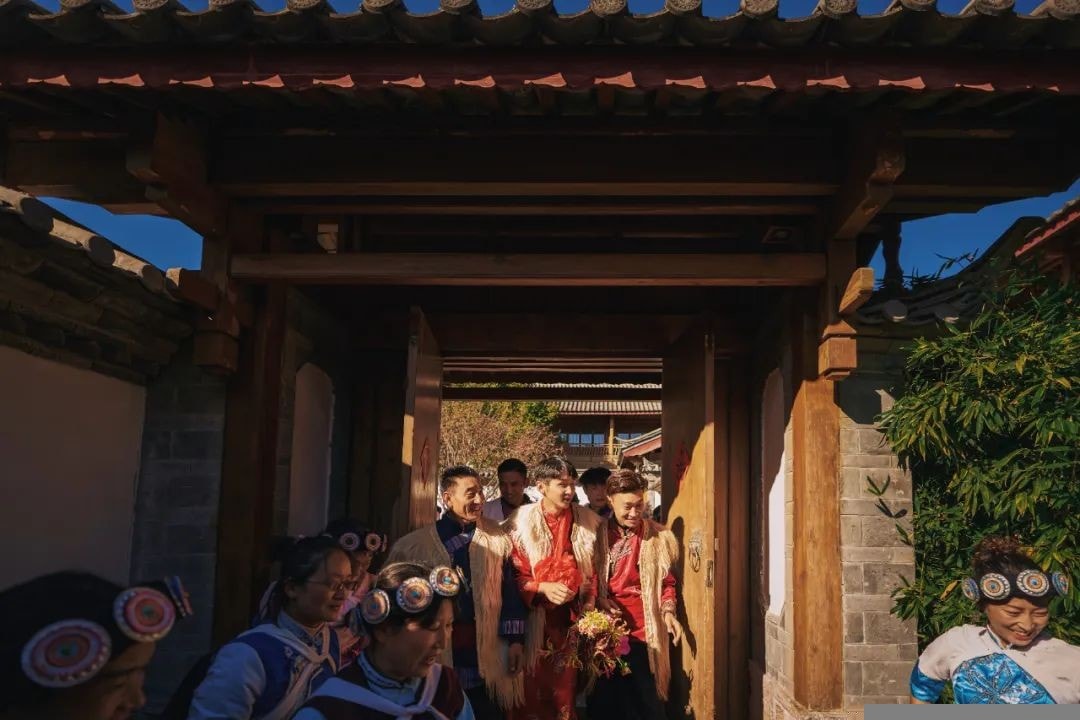
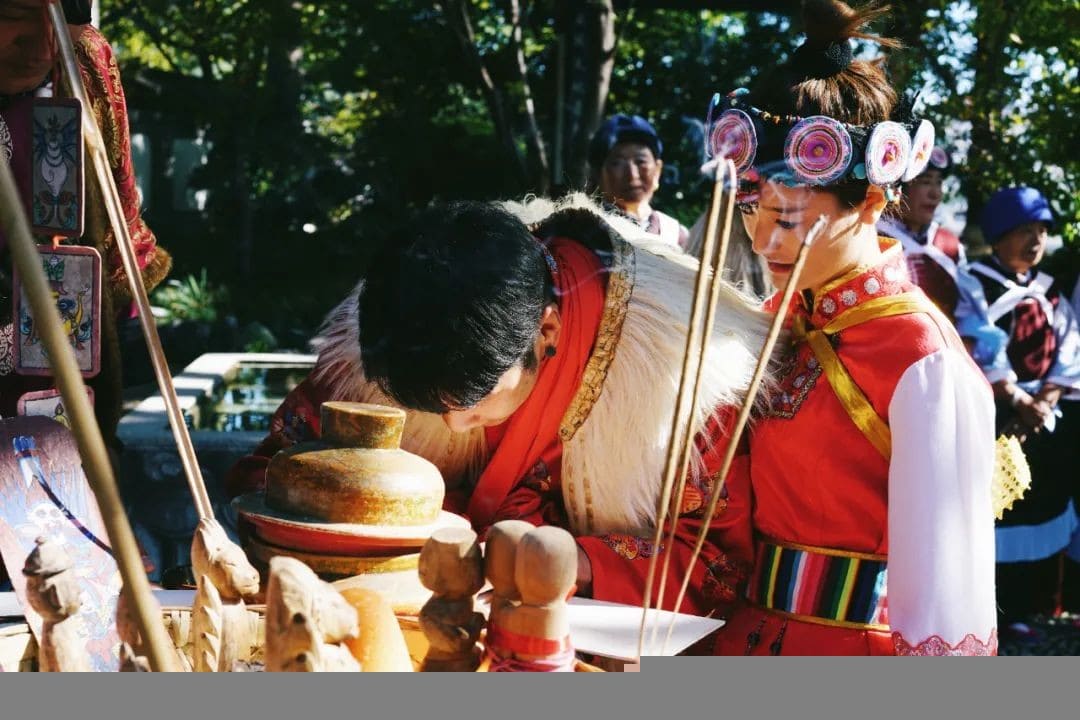
The person presiding over the wedding ceremony is called the Dongba Master. The process first involves crossing a fire basin burning pine and cypress branches to remove bad luck; then going through the Suzhu (confirming the soul’s suitability), Bama Ba (dotting the forehead with butter), worshipping the natural gods, and so on; finally, the newlyweds receive a “Dongba Marriage Certificate” written in Naxi script from the Dongba Master, officially becoming a married couple.
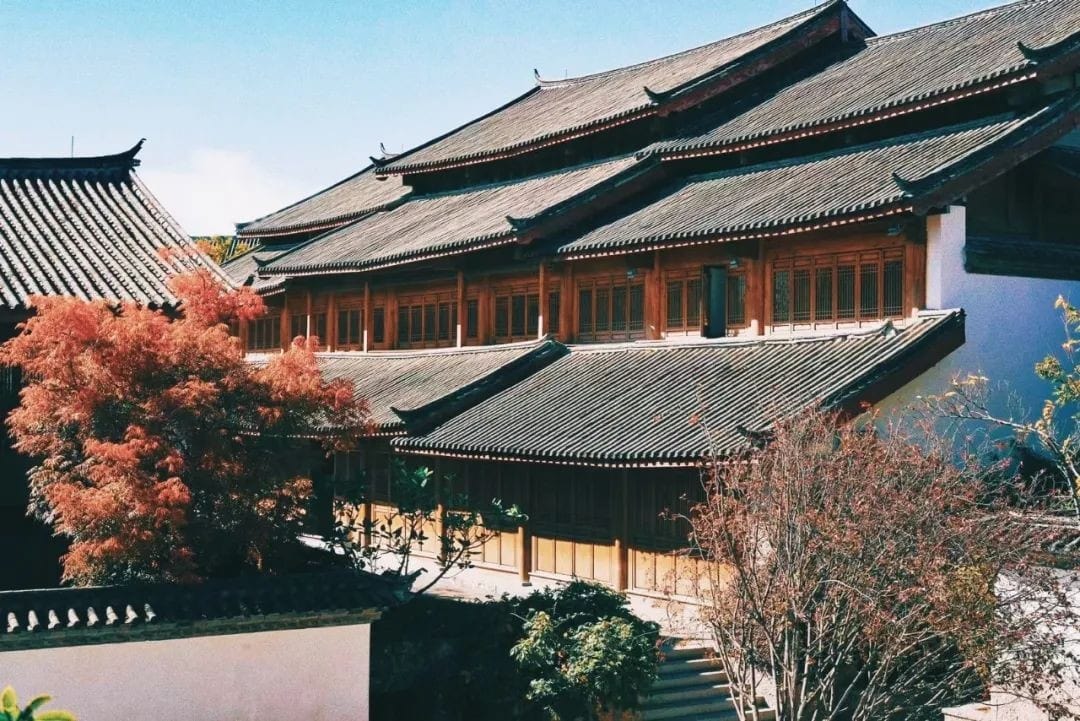
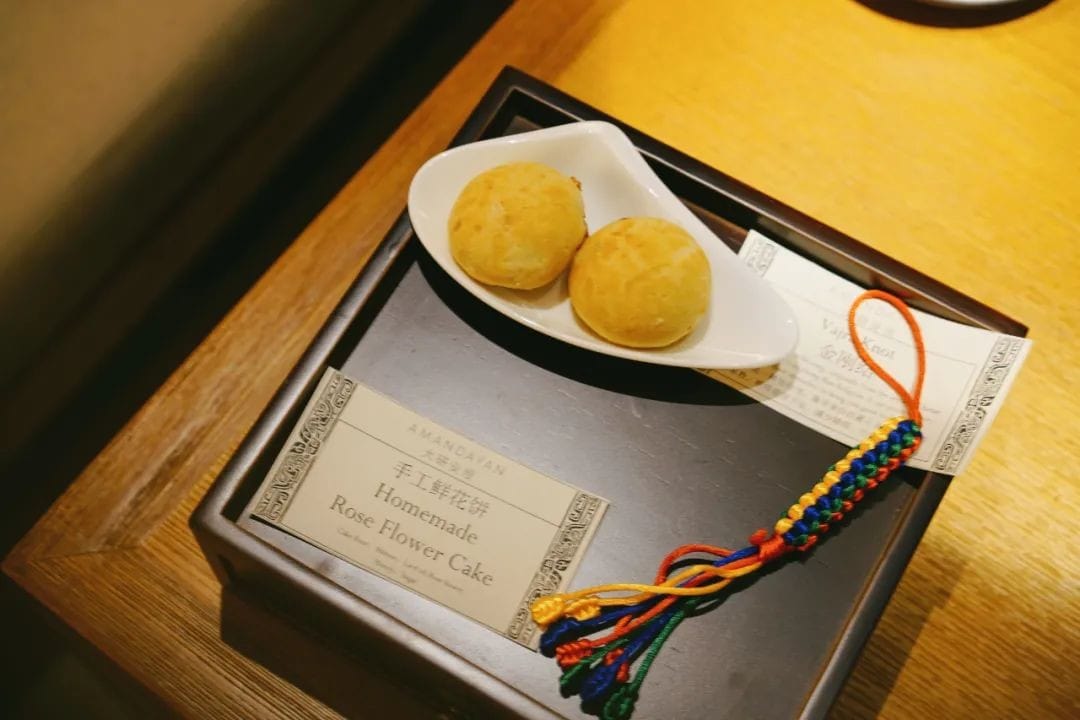
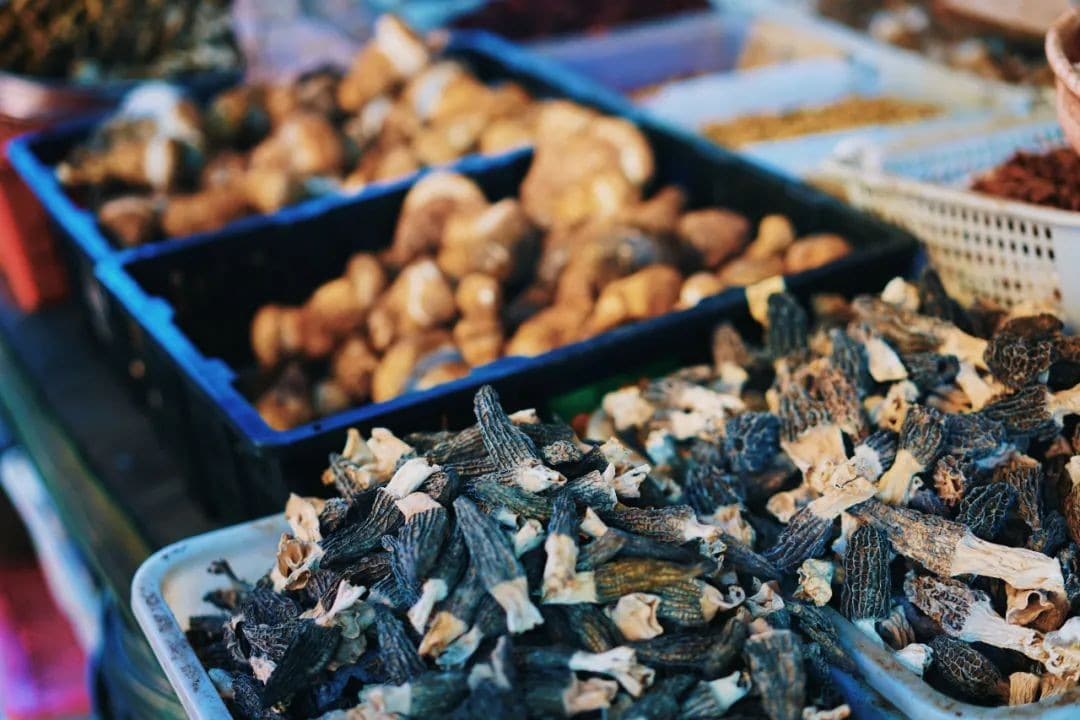
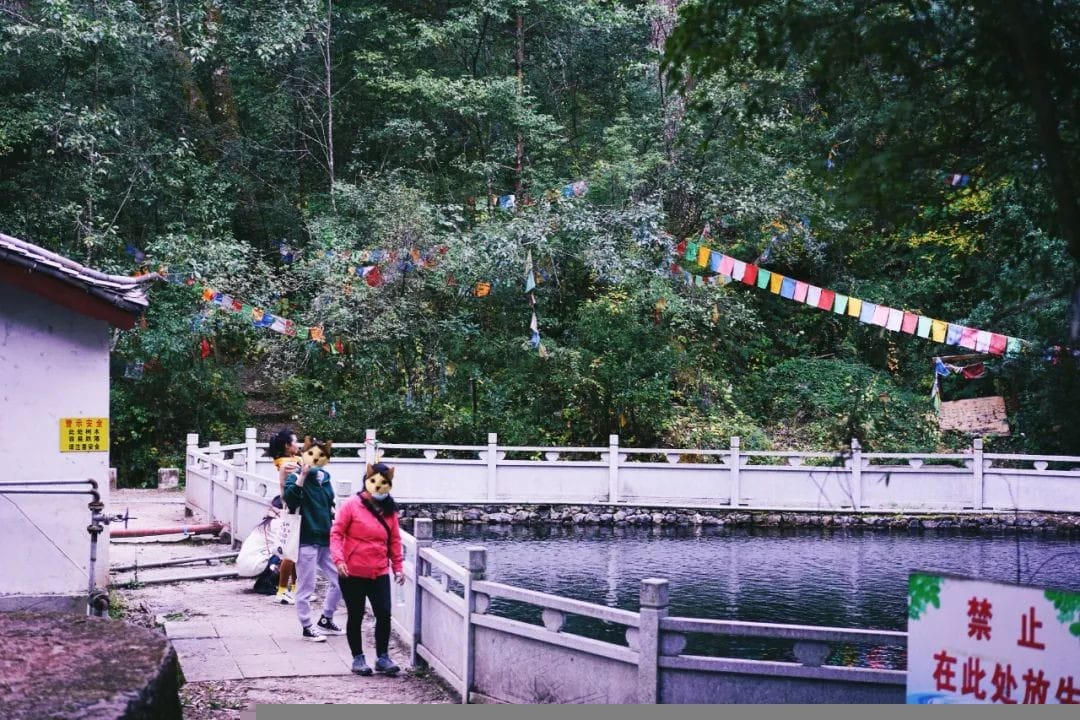
Finally, the newlyweds and their relatives and friends danced “Dating” to the rhythm of a lively Naxi folk song, hand in hand.
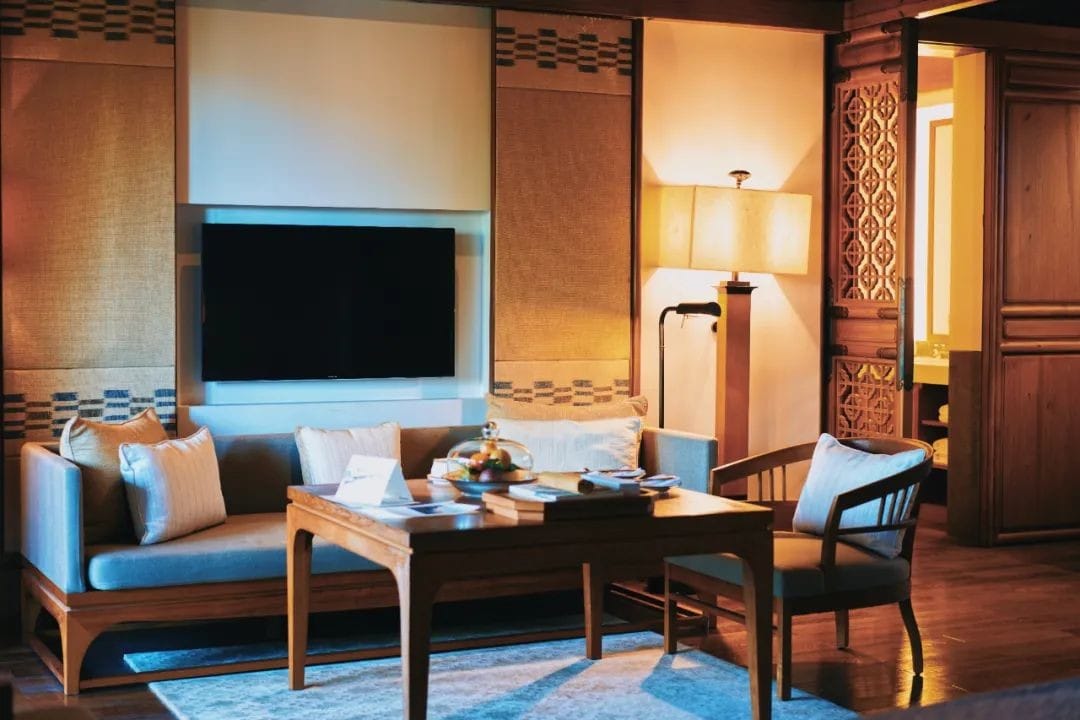
This was also the wedding part I, as an uninvited guest, could participate in. Even someone like me, who is used to moving in sync, could quickly learn it.
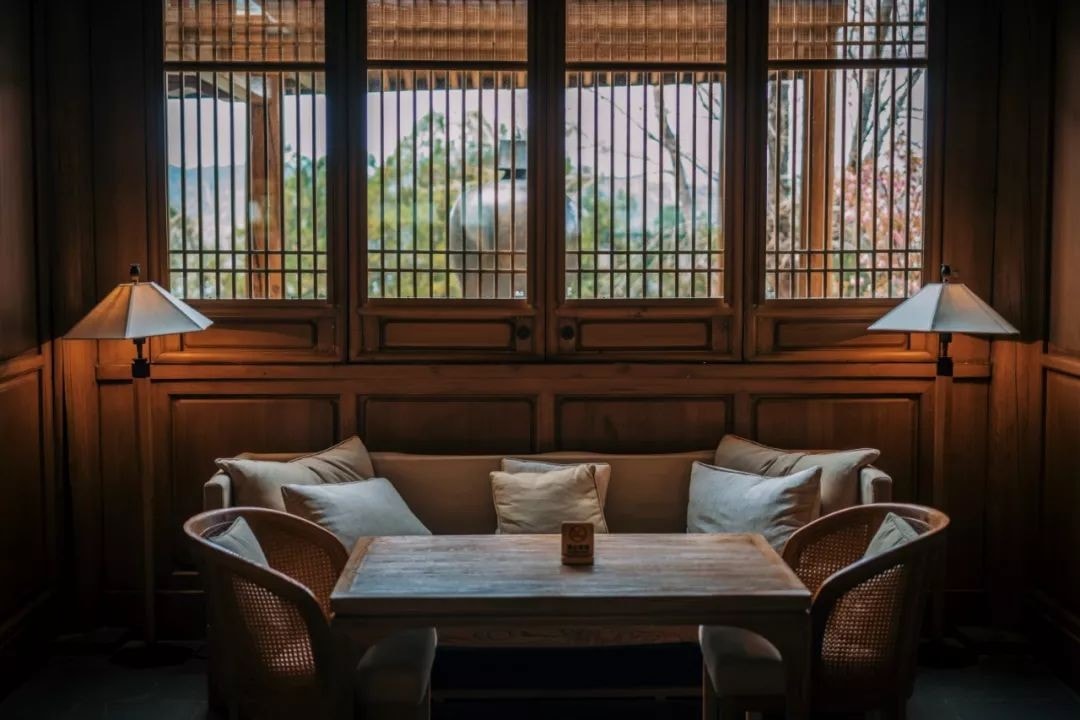
I heard that the complete Dating involves dancing to ten songs, but I could only manage one before I was exhausted. It seems that marriage tests not only emotions but also physical strength.
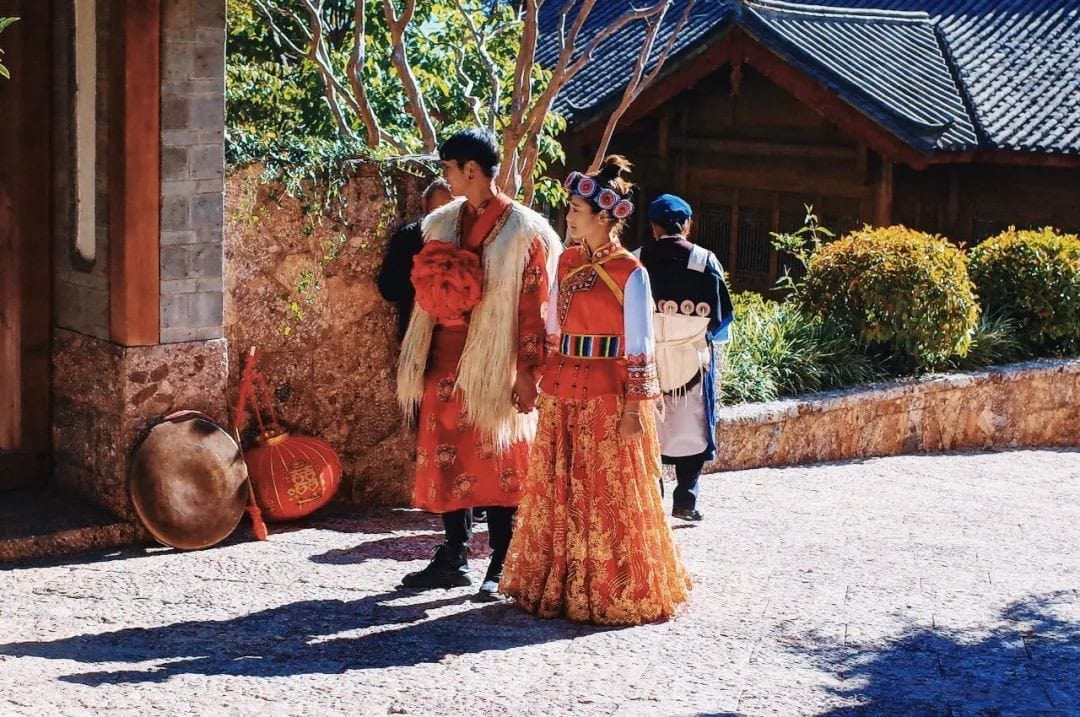
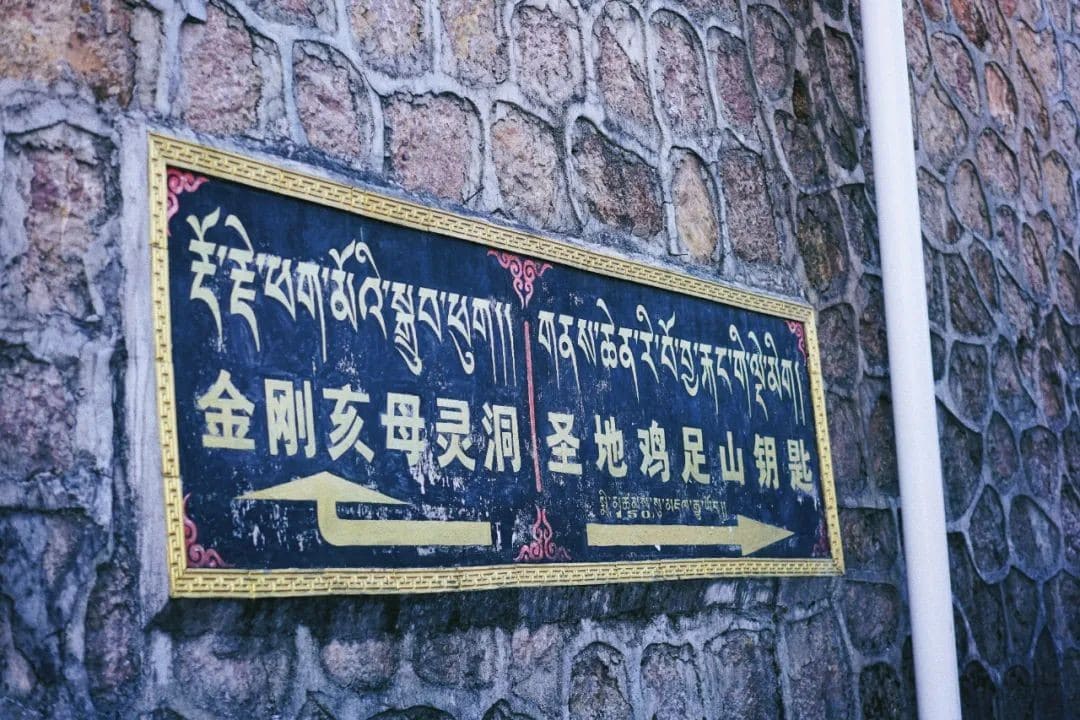
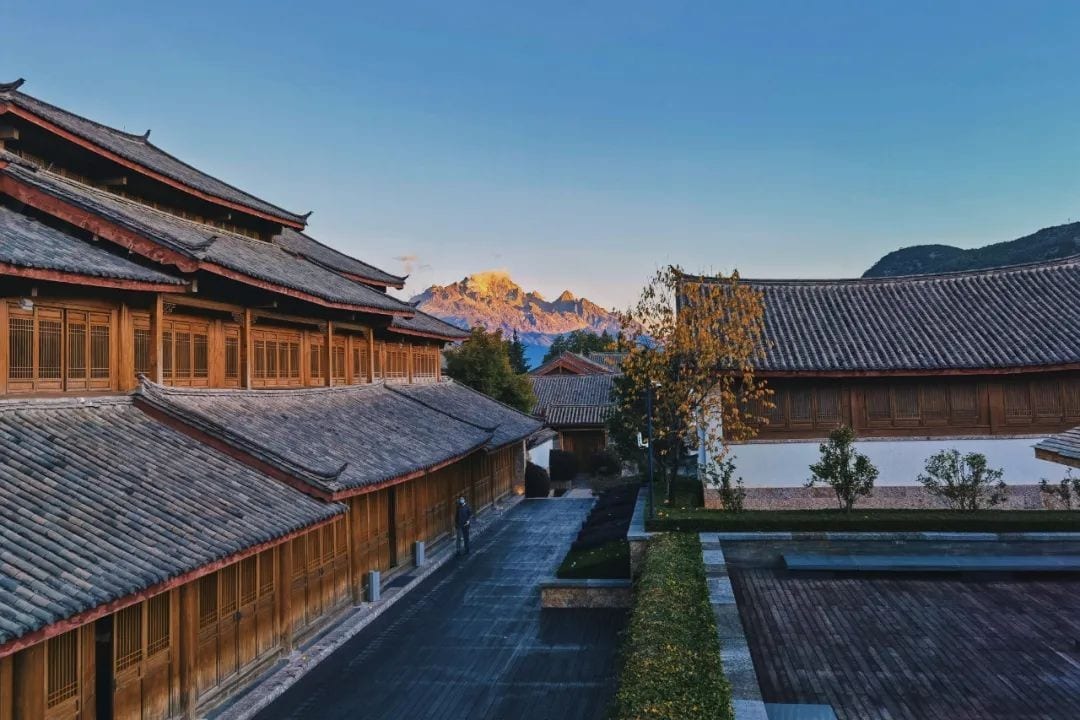
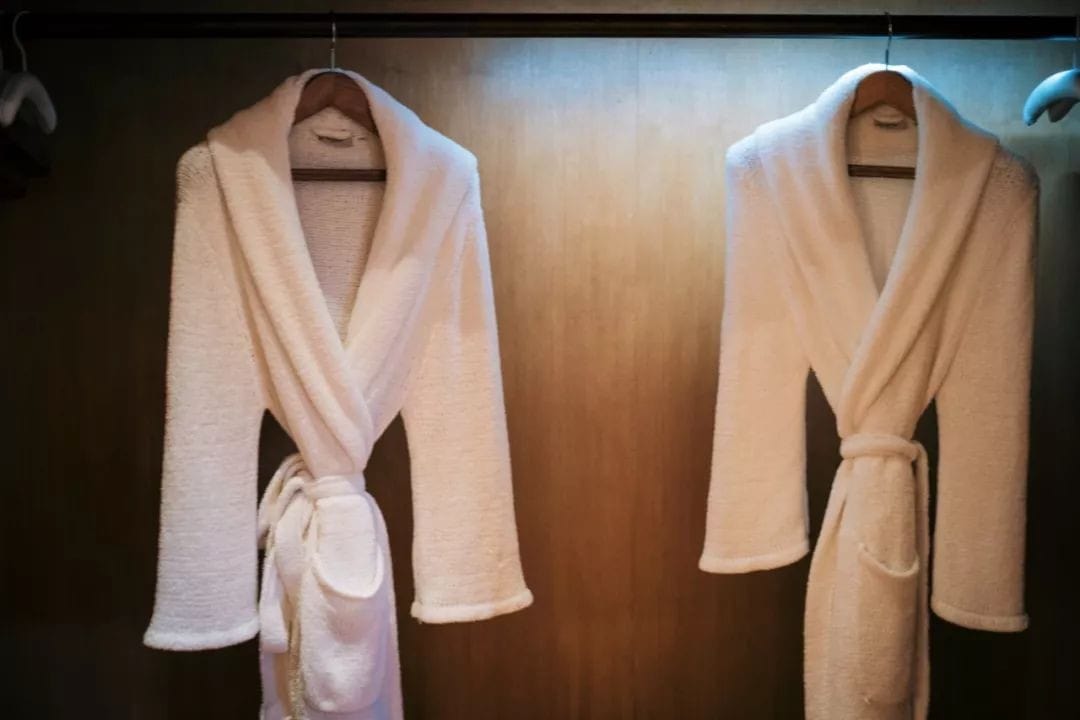
After attending too many weddings that feel like copy-paste, the only thing that leaves a deep impression at each wedding banquet is the amount of the gift money.
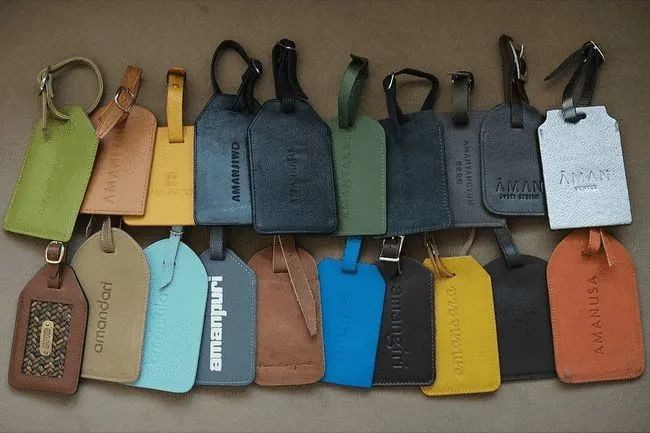
In fact, even if you’re not a local, holding such a Naxi wedding (especially at Aman) is very impressive. It’s truly a fairytale wedding.
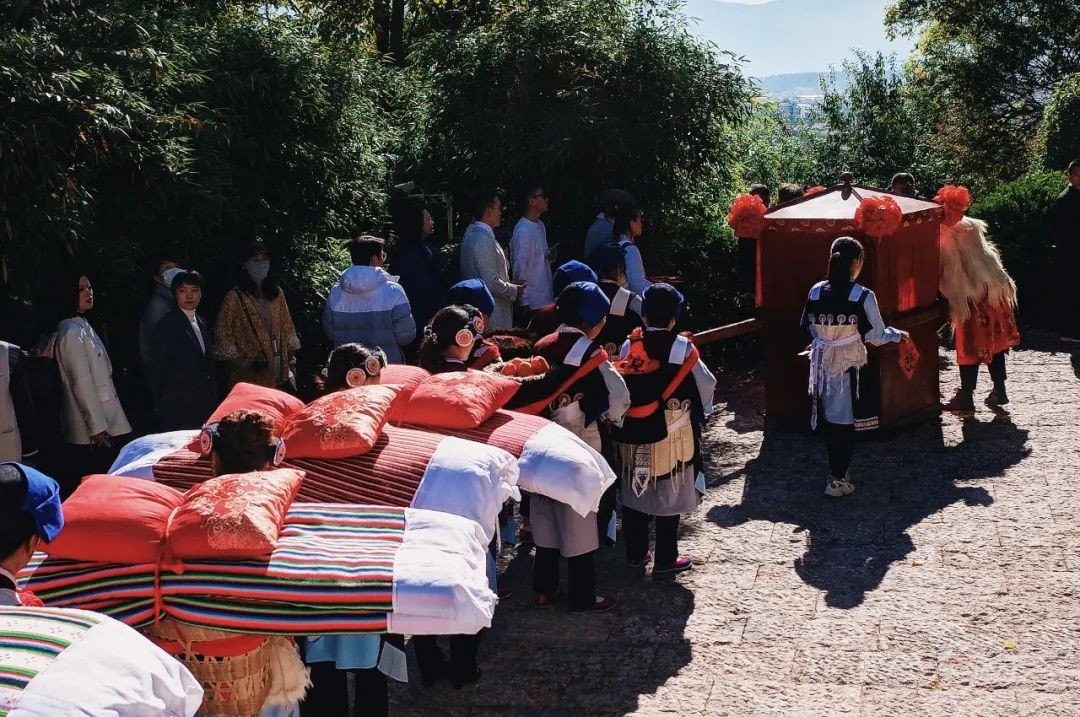
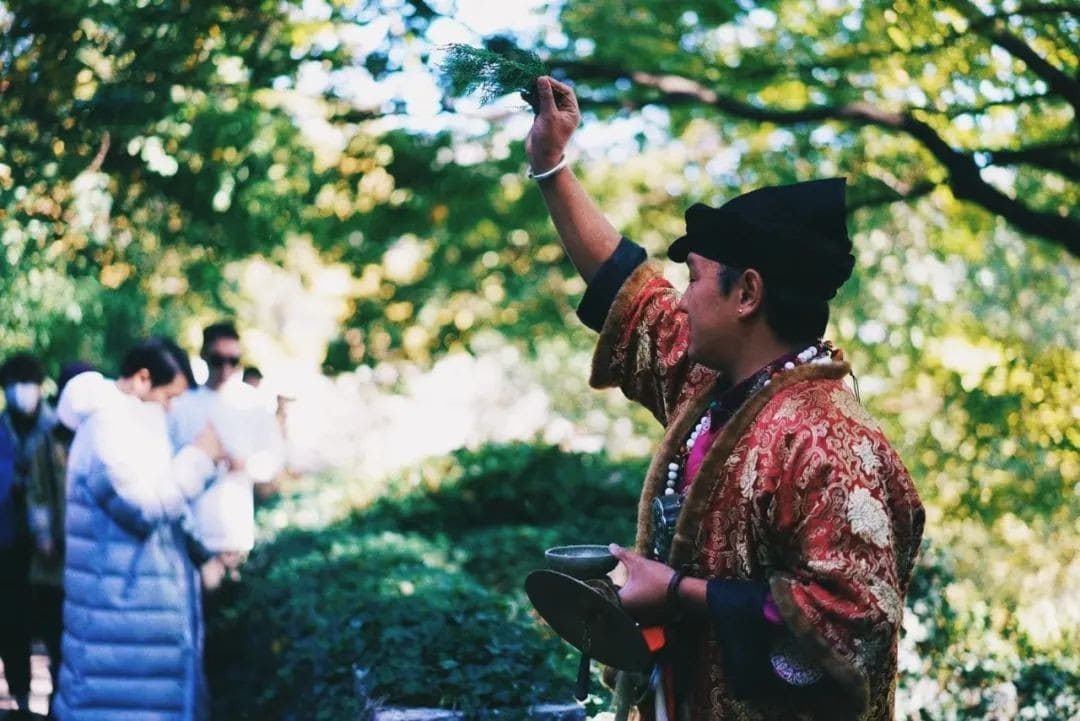
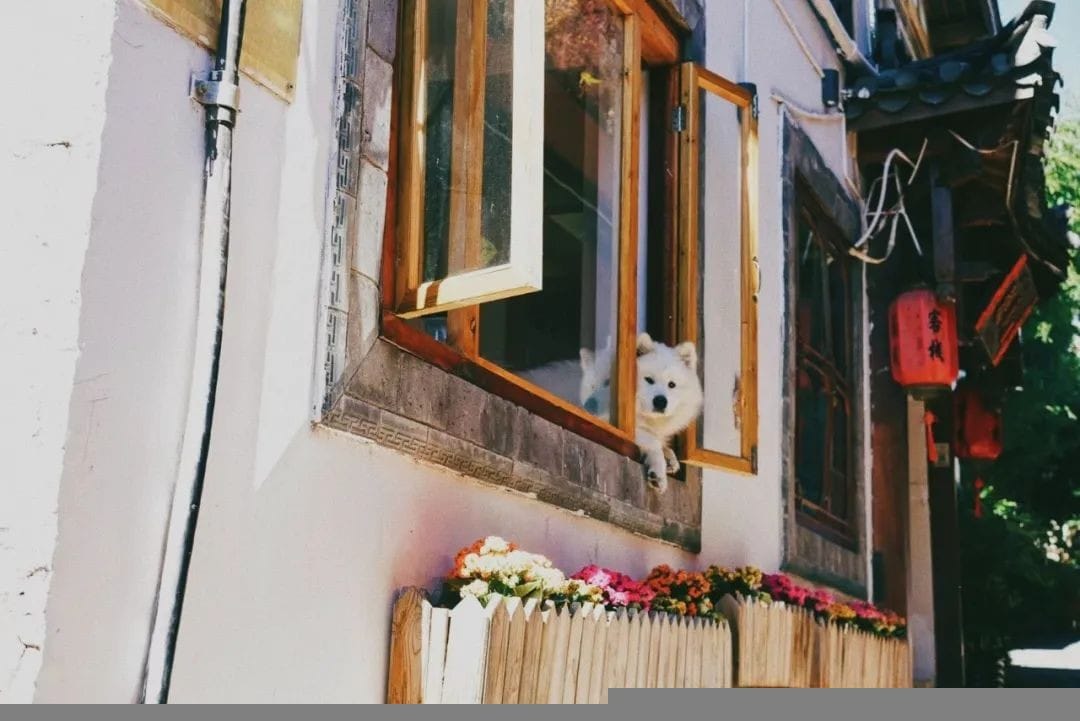
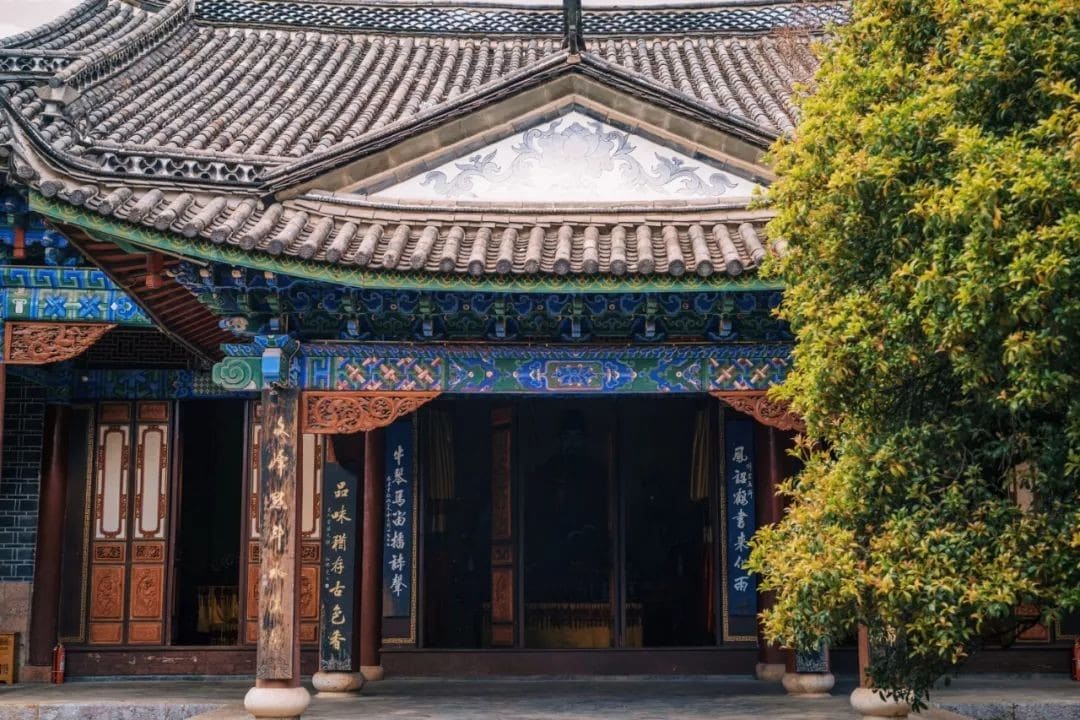
I stayed in Lijiang for a total of 4 days and 3 nights, and apart from attending the wedding, I didn’t arrange any intensive itineraries of early departures and late returns.
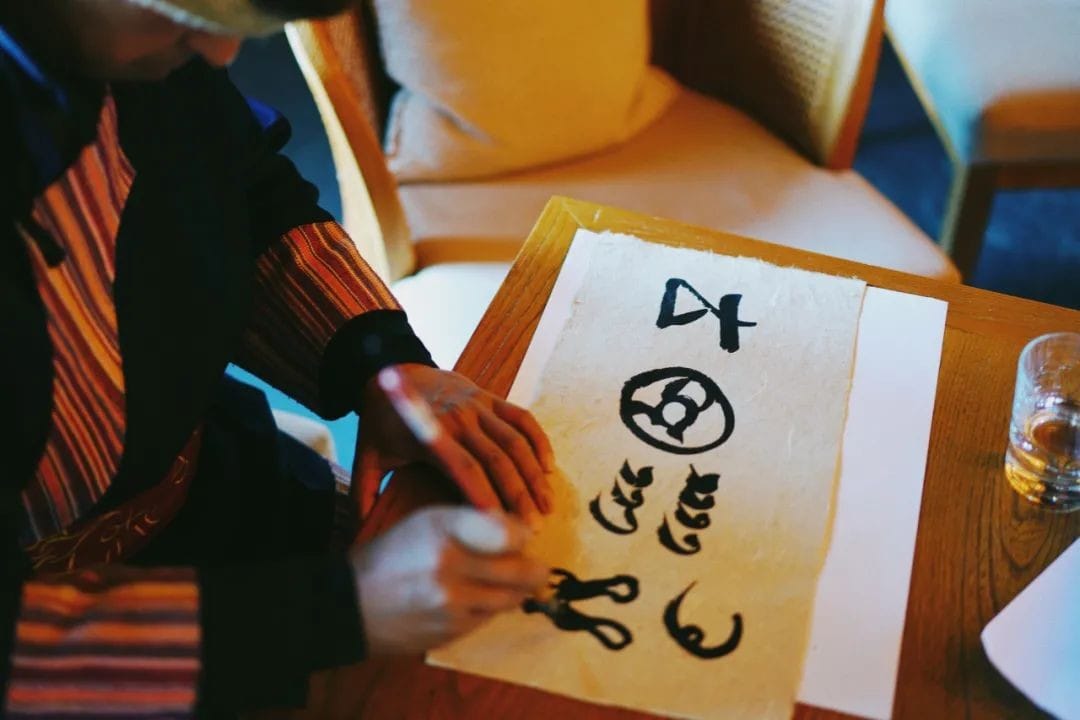
First, I’ve been to Lijiang multiple times, and the popular attractions have long lost their appeal for me; second, the room rate is not cheap, so even if I wanted to experience all the hotel activities, I’d still want to lie down and make it worth it, right?
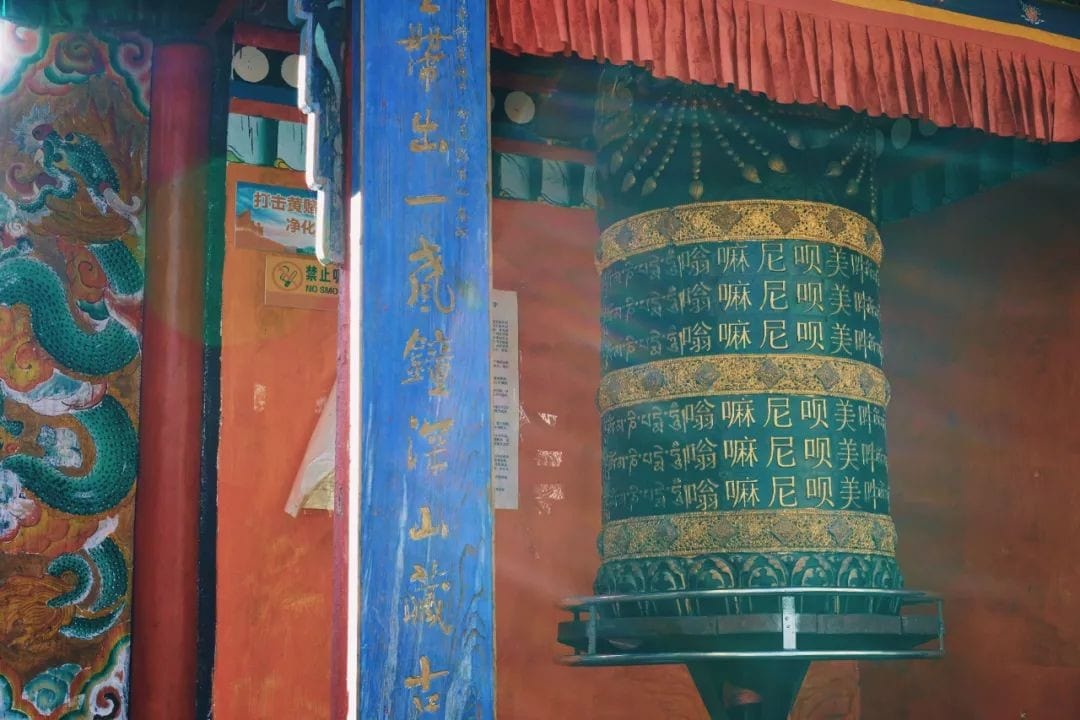
So, around Aman Yui, I also want to share some of my experiences and insights from my multiple visits to Lijiang.
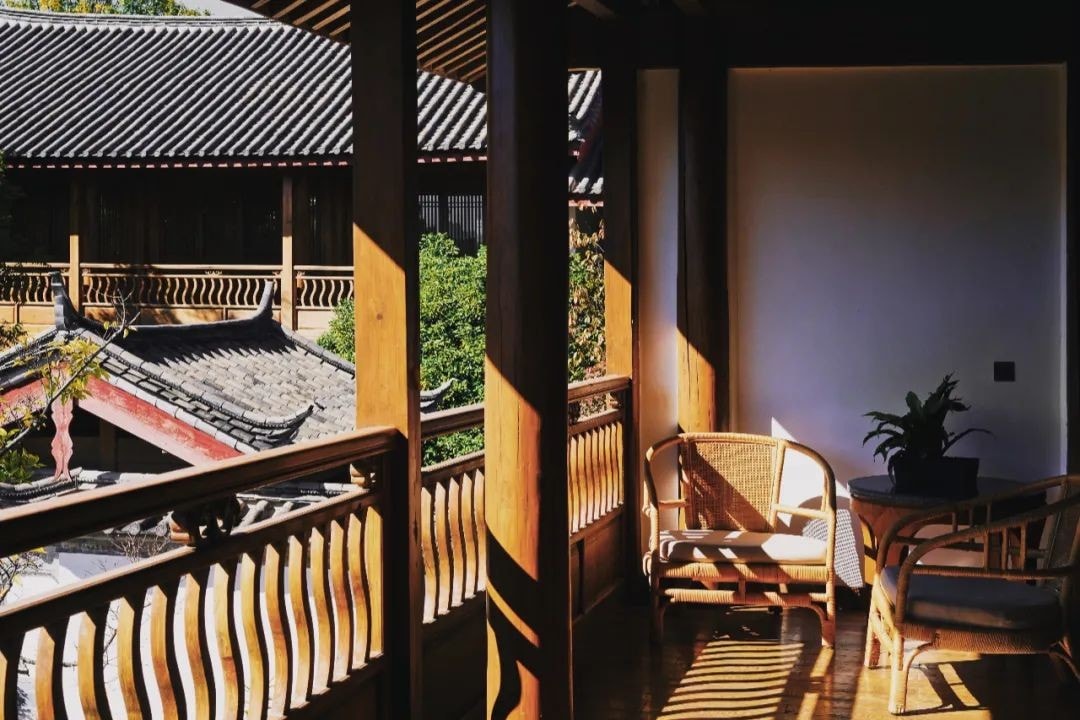
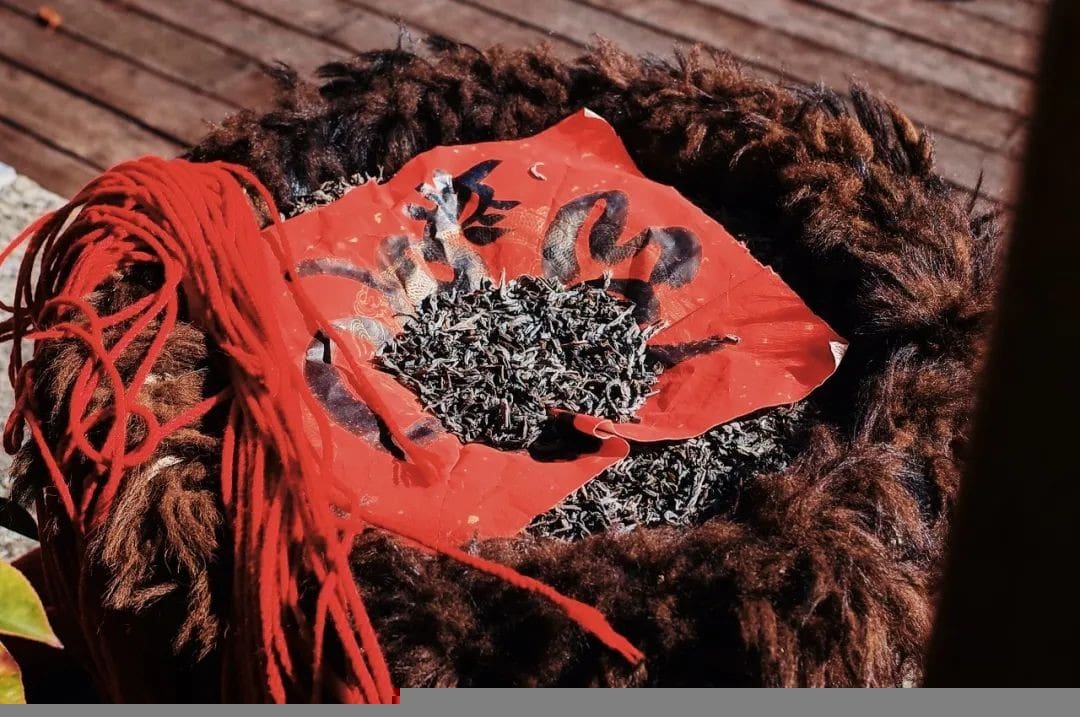
This time of year in Yunnan is really great—less rain, more sunshine, and a high probability of seeing the snow-capped mountains. Plus, due to the pandemic, tourism is particularly slow.
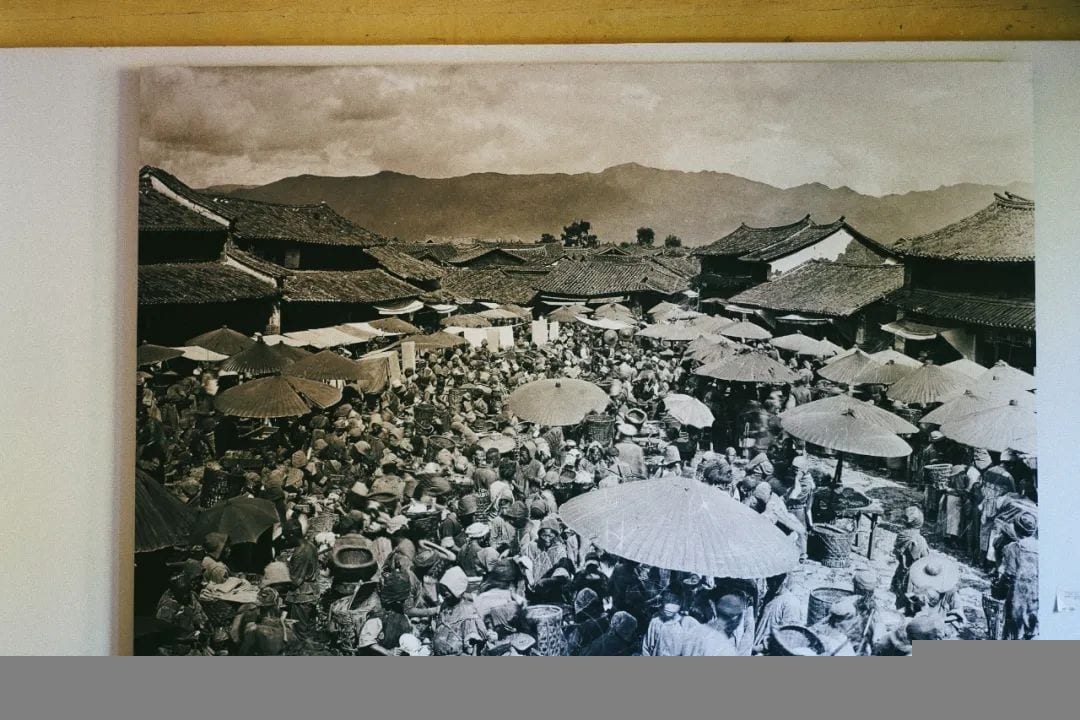
Not only are flights and hotels cheap, but everywhere is also less crowded, making it especially comfortable.
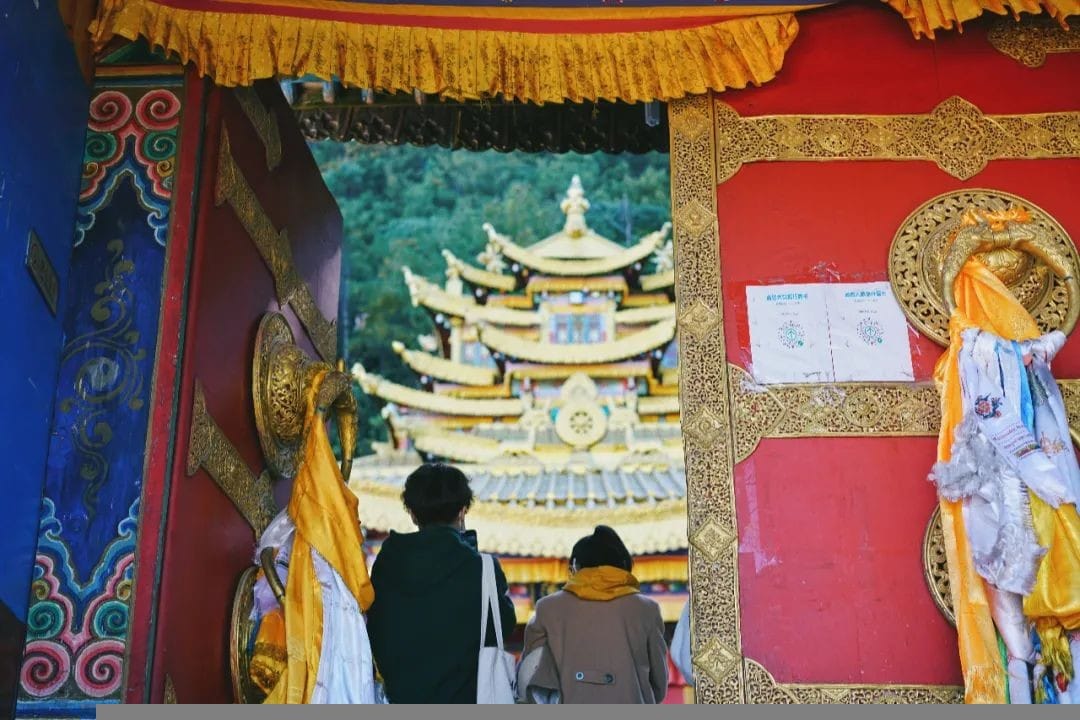
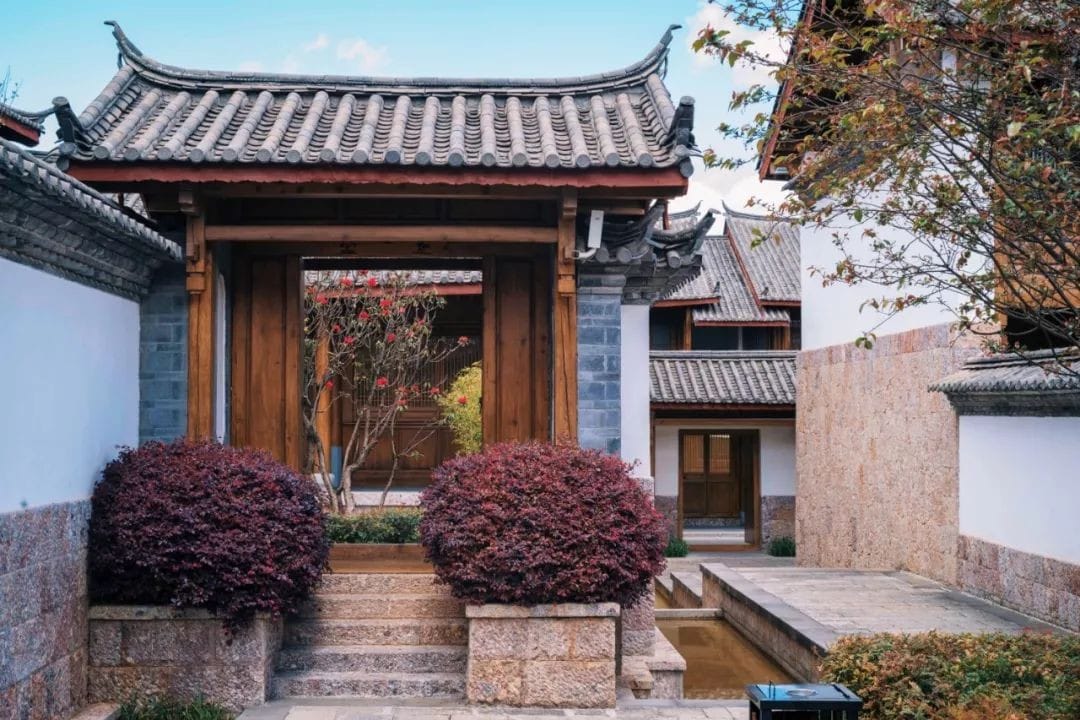
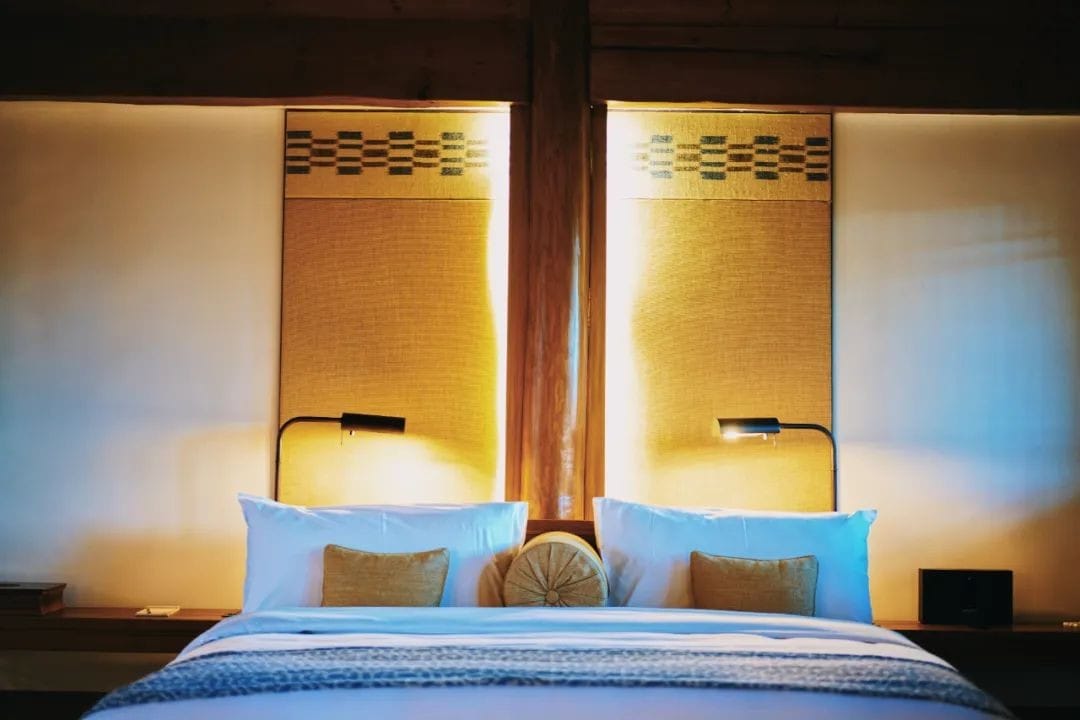
Having been to Lijiang so many times, this time I encountered more cute cats and dogs in the ancient town than tourists, giving me a sense of returning to 10 years ago when it was a backpacker’s haven.
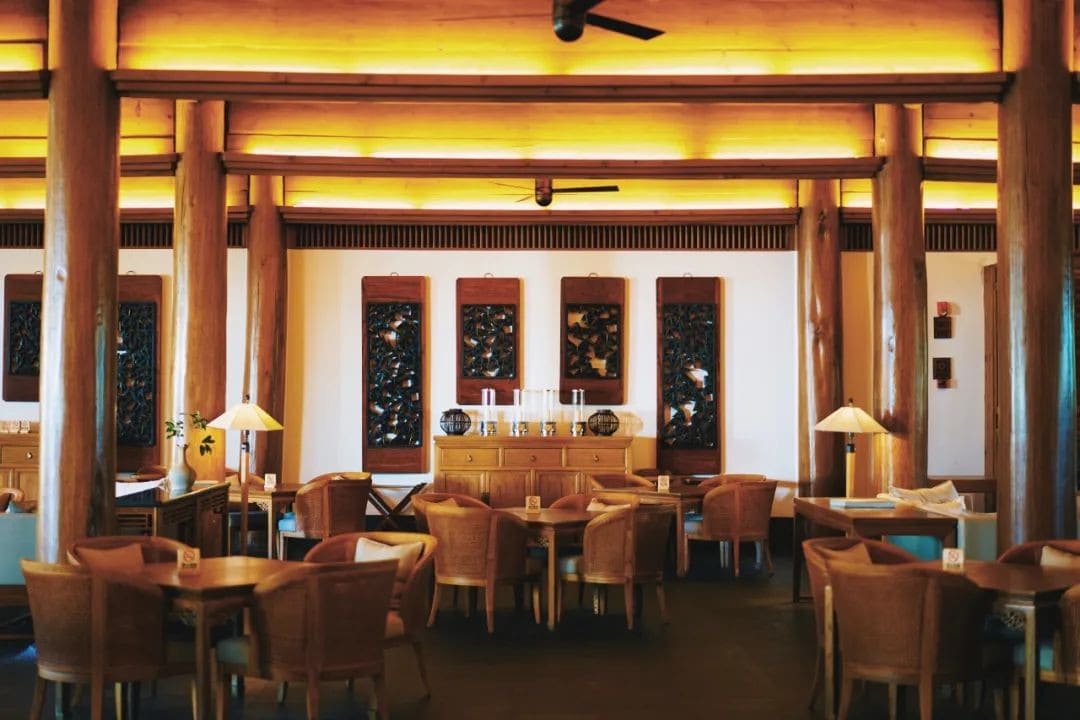
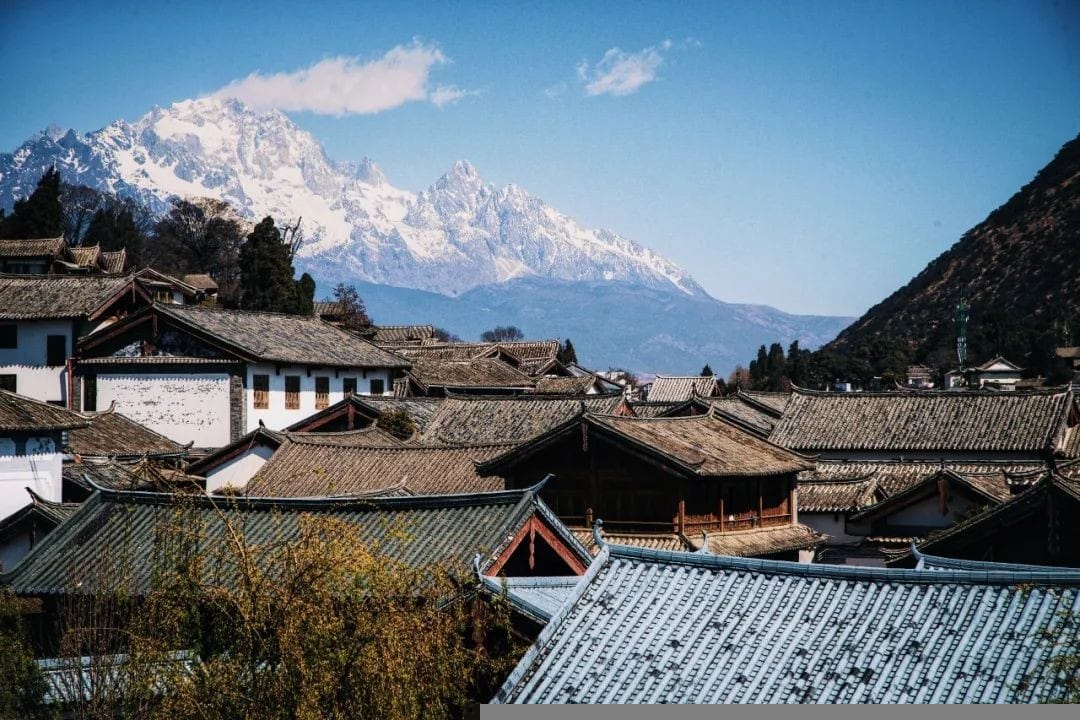
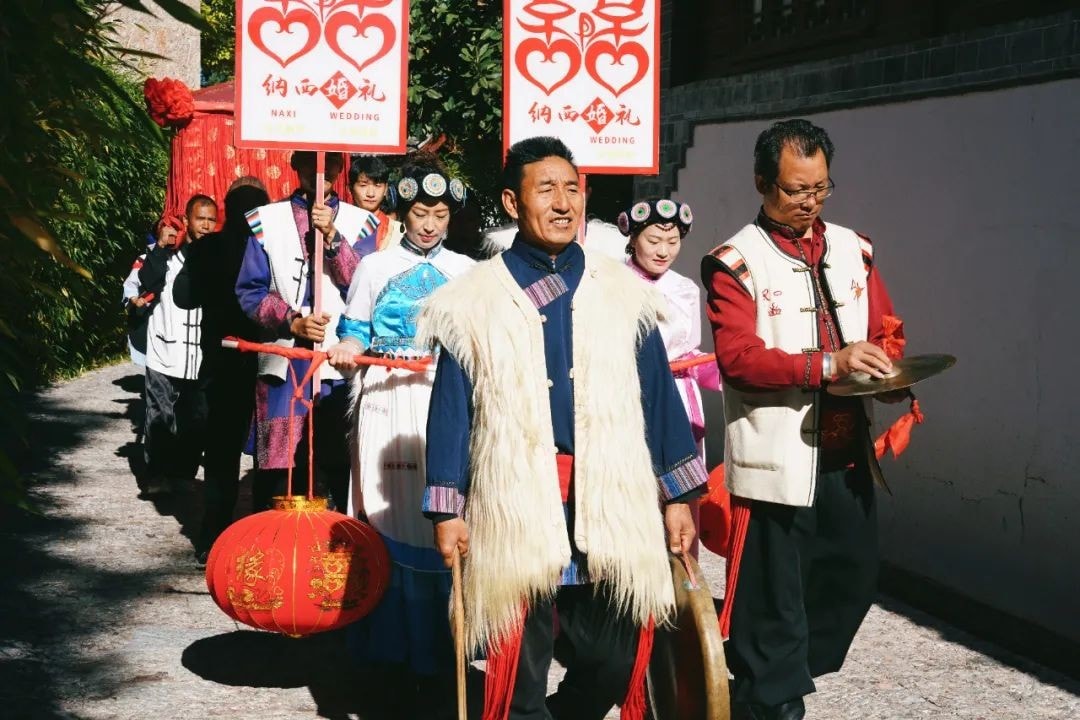
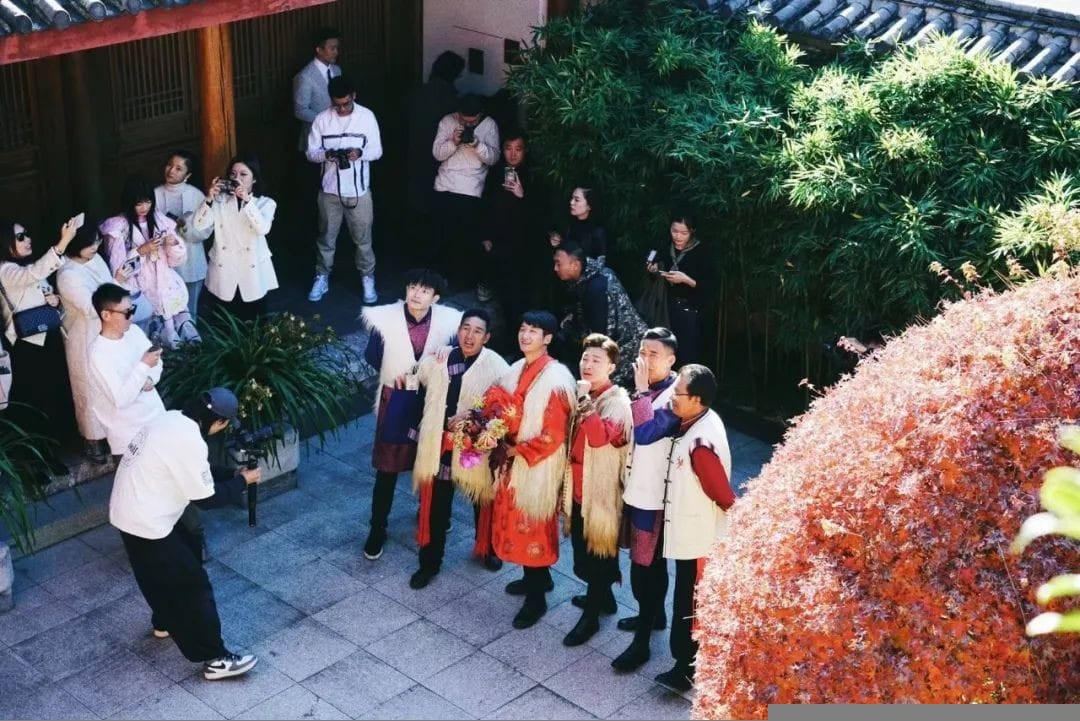
Another reason for choosing Lijiang is the quality of accommodation here.
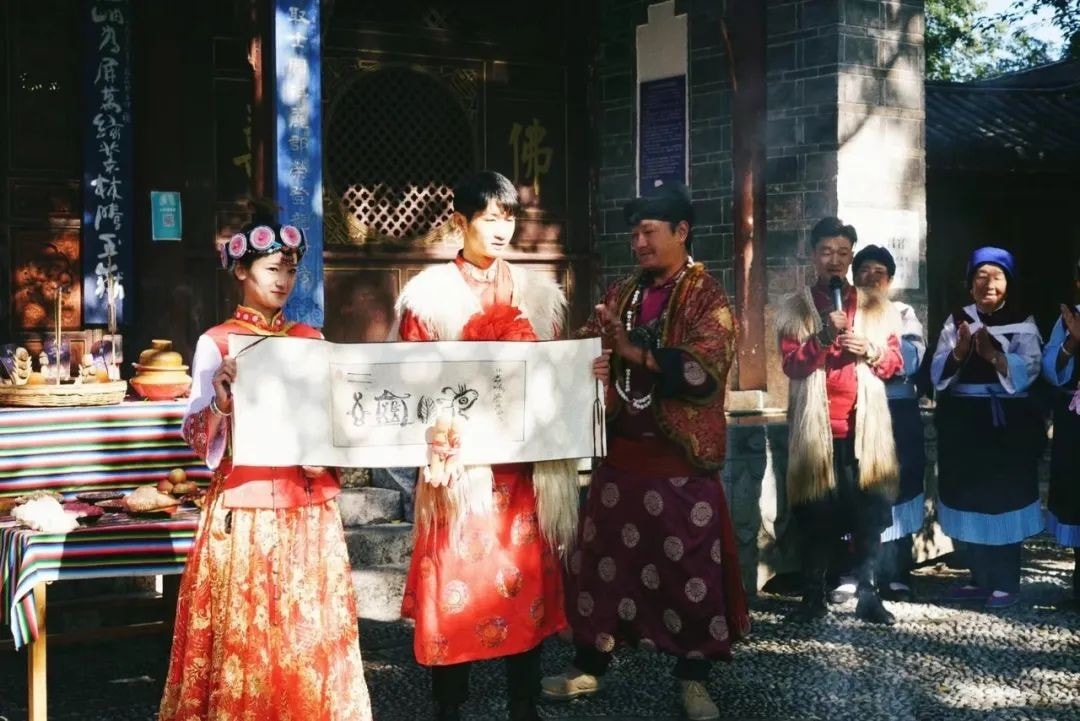
Apart from major business travel destinations like Beijing, Shanghai, and Guangzhou, among purely resort cities, Lijiang is one of the few in China that can rival Sanya in terms of hotel quality.
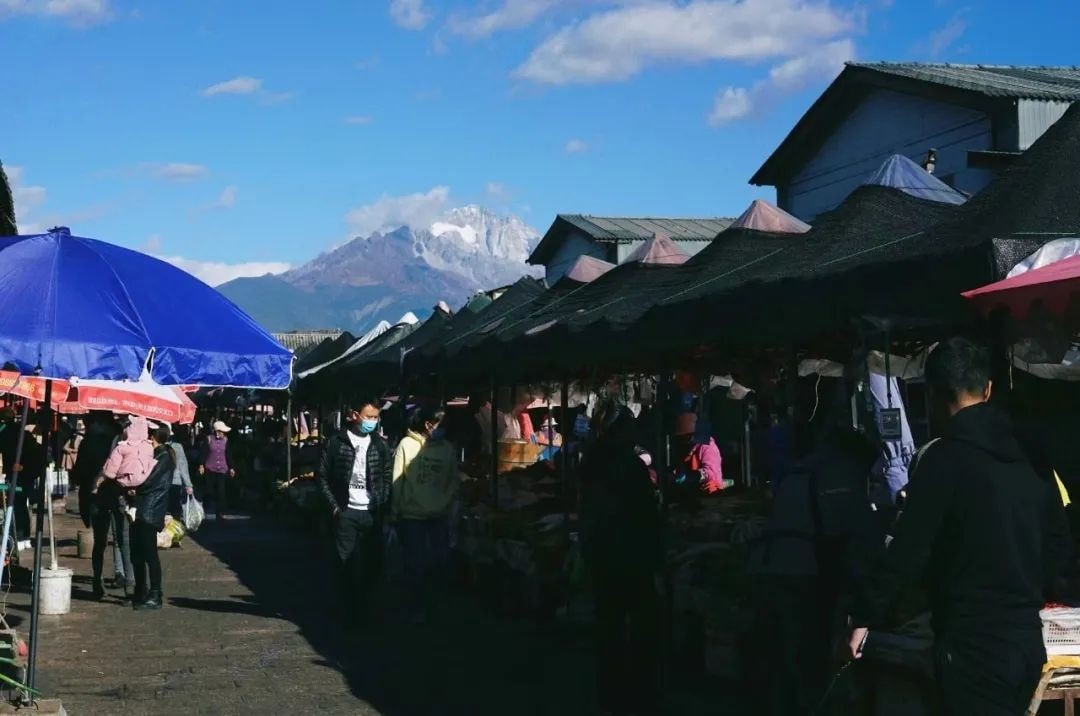
Regarding how to choose hotels in Lijiang, Cai Cai has already written in great detail. 👉 Practical Guide | How to Choose a Hotel in Lijiang
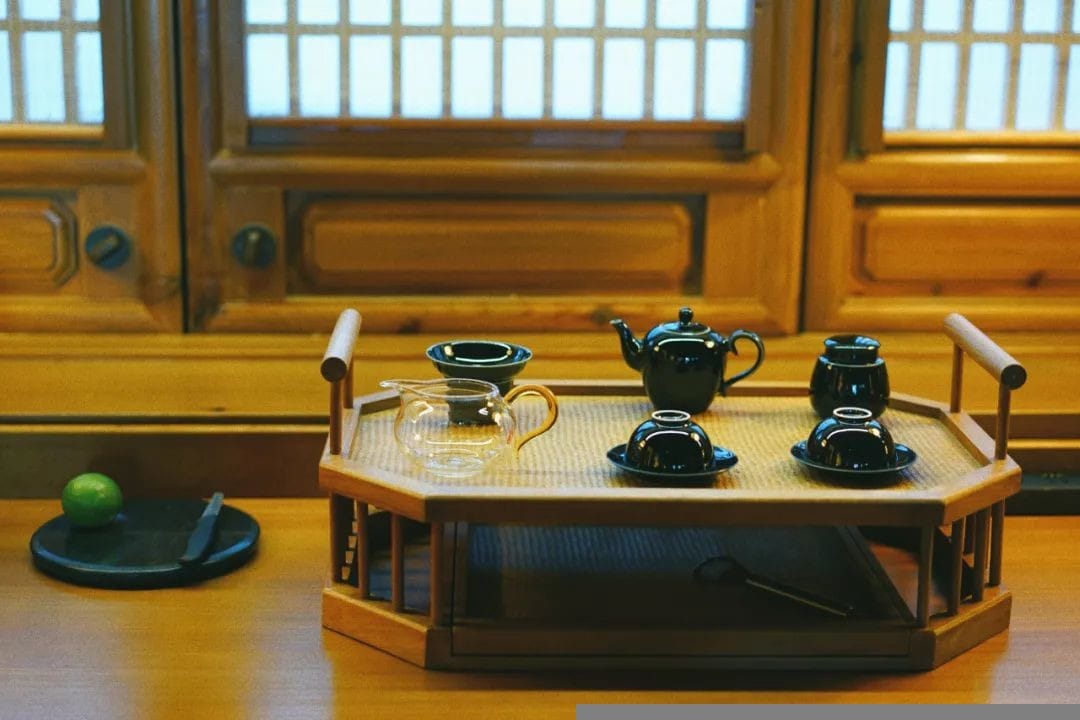
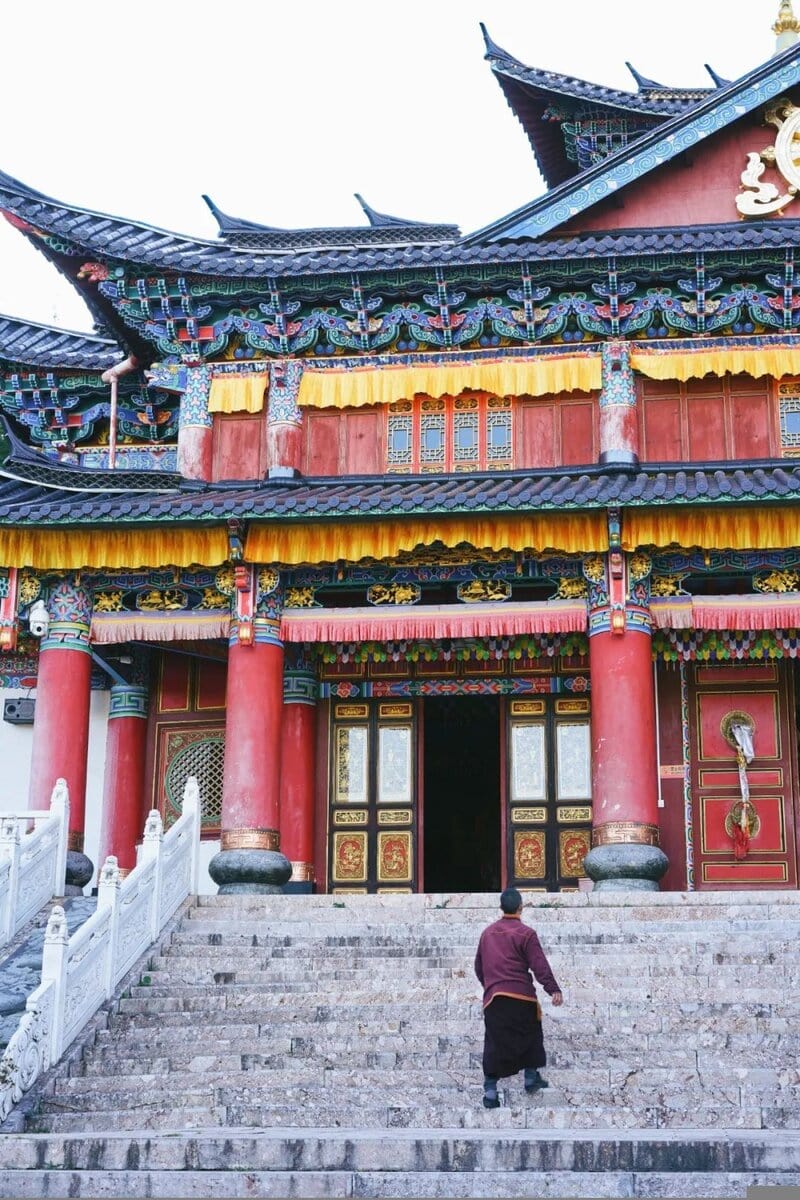
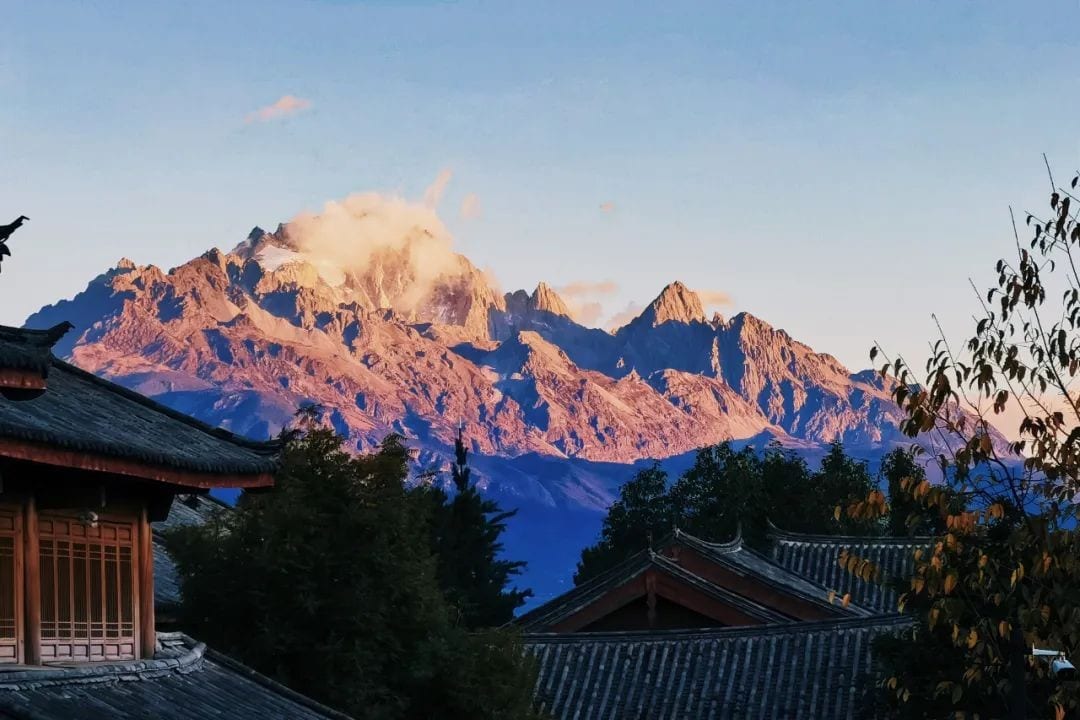
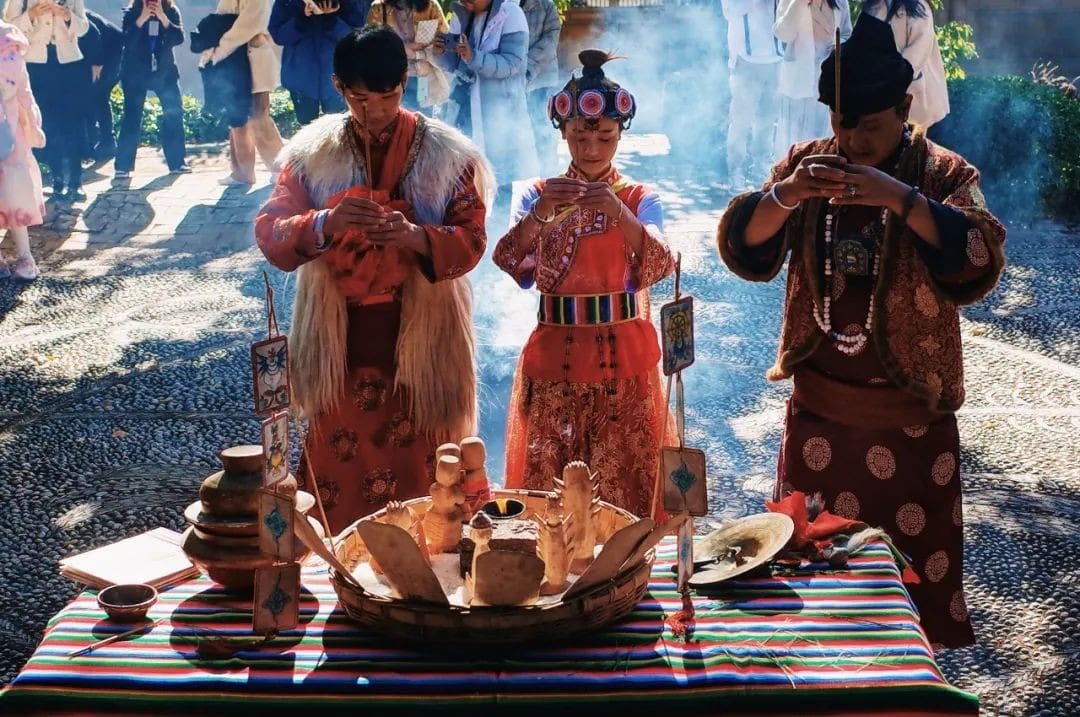
What previously made Aman properties feel “worth the price” to me was their location and service.
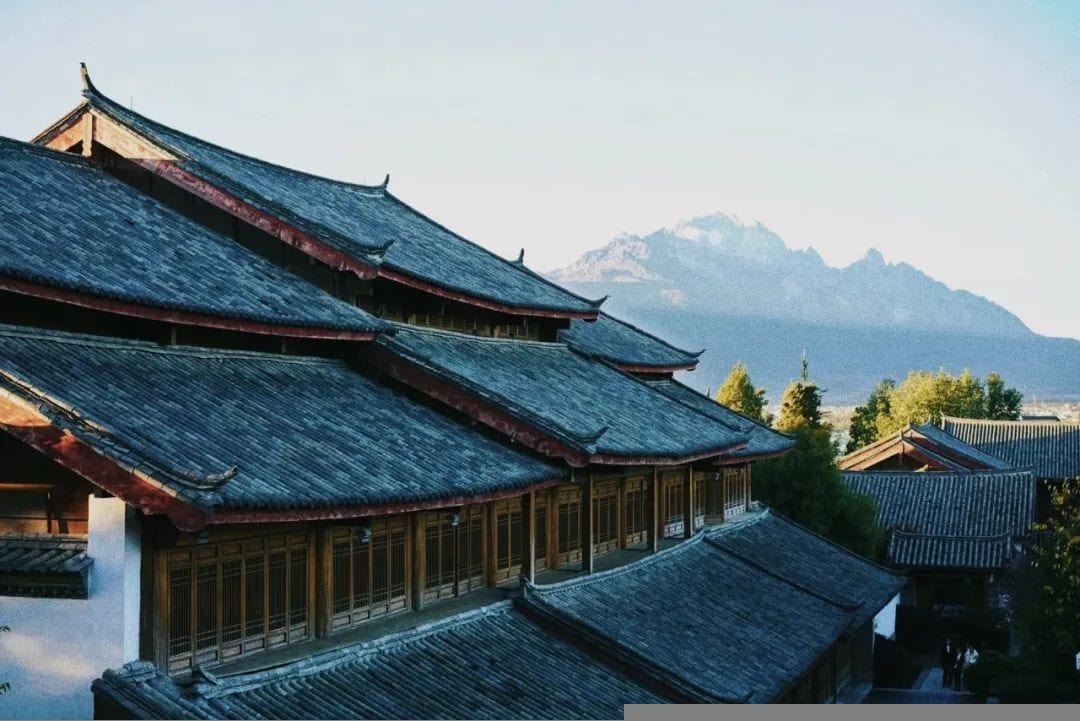
Each Aman’s location is not just good, but rather, it’s ingenious.
The Summer Palace Aman is next to the Summer Palace, the Fasun Aman is near Lingyin Temple, and the Dayan Aman is at the highest point of the Dayan Ancient Town.
In a city’s well-known attractions, Aman can always find a quiet corner, which is quite impressive.
To overlook the Dayan Ancient Town, the Dayan Aman on Lion Hill offers the best views.
Even if you’re not staying at the hotel, I highly recommend having afternoon tea at the tea house. It’s priced at ¥446 per set on both the official store and Dazhong Dianping, and the environment is truly impeccable.
Next to the tea house is the 200-year-old Wen Chang Palace, where wedding ceremonies are held, and it’s also free to visit.
In ancient times, this was a civil service examination venue, and now it’s the largest temple park in the Dayan Ancient Town.
The exhibits can help you understand the glorious past of Lijiang as an important stop on the Tea Horse Road. The Wen Chang Palace itself is also a very quiet and suitable place for contemplation.
Comparison of the Dayan Square then and now
As for Aman’s service, perhaps because I’m a “troublesome guest,” I feel it even more deeply.
After checking in, my luggage arrived in the room before I did; when I called the room service, the requested items were delivered within five minutes; before I even left the restaurant after dinner, they asked if I needed a warm shawl…
These are details that don’t affect the rating if they’re not done, but when they are, they make me feel exceptionally cared for. Aman really knows how to take care of its guests.
A week of unique turndown gifts, each with bilingual annotations in both Chinese and English.
In addition to Dianhong tea and tea sets, we’ve also prepared limes.
Just in case you suddenly feel like enjoying a cocktail in your room.
Aman is renowned for its exceptional location selection and service. After experiencing Dayan Aman, I believe it can be further complemented with three more aspects: activities.
While a wedding might require a bit of luck to befriend a wealthy friend, daily activities at the hotel are free for all guests (advance reservations are required, and any paid activities will be clearly marked). The daily activity schedule placed in the room is probably more packed than my university timetable.
For instance, I participated in “Dongba Calligraphy,” where a teacher who is a non-material cultural heritage inheritor taught Dongba script.
As the last widely used pictographic writing system in the world, writing Dongba script feels like drawing, which is particularly interesting.
I strongly recommend experiencing activities related to Dongba culture.
The teacher helped me write a Dongba script version of “Today is peaceful.”
If you manage to wake up early, you can join the butler for a trip to the Zhongyi Market.
Dayan Aman has multiple entrances directly leading to the ancient city, and it takes just 10 minutes on foot to reach the ancient city area, where Zhongyi Market is located.
Every day, you can see the snow-capped mountains, which brings an overwhelming sense of happiness. If writing becomes tiresome, I really wish to become a joyful vendor at Zhongyi Market.
Visiting local markets is a must-do for me in every city. The advantage of having a local butler is evident here, as they can not only help with bargaining but also distinguish the quality of local specialties, successfully stopping me from buying inferior chicken oil.
Following the butler’s advice, I also visited the Wenfeng Temple Scenic Area in the south of Lijiang.
Hiking from the Jingang Haimu Sacred Cave to Wenfeng Temple, the trail is well-marked, and the entire journey takes about 0.5 hours with a difficulty level of 0.5. The scenery is absolutely worth it, and I highly recommend taking this hike!
Tips: If you have weaker physical strength, you can take a taxi directly to the top and then walk downhill; if you are fit, you can hike up directly.
While Dayan Aman offers a panoramic view of the Dayan Ancient Town, the Jingang Haimu Sacred Cave provides a breathtaking view of the entire Lijiang city.
The snow-covered mountain is the famous Jade Dragon Snow Mountain, the greener mountain closer to us is Wenfeng Mountain, the blue lake visible to the naked eye is Wenfeng Lake, and the courtyard complex surrounded by forests is Wenfeng Temple.
With the high visibility in winter, the view of Lijiang from this vantage point is truly stunning!
The Jokhang Temple on the mountaintop is quite small, and it takes less than 20 minutes to walk around it. However, due to the extremely few tourists, literally countable on one hand, the experience is quite pleasant.
Especially when leaving the temple, the door frame adorned with prayer flags perfectly frames the “snow-capped peak” of Jade Dragon Snow Mountain, which is pure and sacred, truly unparalleled in beauty.
The path down from the Jokhang Temple is paved with stone slabs, making it relatively easy to walk.
Along the way, in addition to the mani stones and playful squirrels, you will also pass by a sacred spring where locals often collect water to brew tea at home.
Halfway down the mountain is the main temple of Wenfeng Temple, known as the “Crown of Lijiang Temples.”
It was established in 1733 and is the highest institute of learning for the 13 branches of the Karma Kagyu sect in northwest Yunnan. In terms of scale and preciousness, it surpasses the Jokhang Temple on the mountaintop.
I, as an outsider, dare not comment on its religious significance. From a tourist’s perspective, the 30 Buddhist courtyards scattered across the mountain are very solemn and beautiful.
The entire Wenfeng Temple area has few visitors, making it very comfortable. Although it is far from the ancient city area (about a 40-minute drive), my recommendation rating is ⭐️*5.
After participating in all the activities I wanted to, I spent the rest of my time at Aman.
Each Aman can stand as its own destination, especially the design of Dayan Aman, which was created by the late master designer Jaya Ibrahim—the first generation of designers to bring Oriental aesthetics to the international stage.
The designs of the previous Yihe and Fuyun Amans were also handled by Jaya.
Chinese style, if overdone, can easily become old-fashioned, and if not well understood, it is likely to become “neither Chinese nor foreign.”
Previously, I saw a sneak peek of a newly opened hotel, claiming to be in Chinese style, but the actual appearance was eerie with a sense of “something’s not quite right.”
However, Dayan Aman in Jaya’s blueprint, while staying close to the Naxi folk customs, also uses light and shadow to perform magic tricks.
Upon stepping out of the Chinese restaurant in the morning, one is greeted by the sight of the golden sunrise on the mountain, and after quietly watching for five minutes, one can’t help but marvel at how the designer knows how to touch the heart.
Each Aman has a limited number of guest rooms; Dayan Aman has 6 Naxi courtyards, 34 suites, and one villa.
The Naxi buildings are no higher than two stories, and I stayed on the second floor, with a view of part of the ancient city.
The corridor serves as a balcony, although privacy is lacking, but on every sunny afternoon, one feels as lazy as a cat.
Given Aman’s room rates, one certainly wouldn’t want to leave.
The Naxi wooden furniture combined with Aman’s signature black copper lamps, the soft and now discontinued Ploh bathrobes, the British Lefory Brooks retro bathroom fixtures (only available at Fuyun and Dayan), and the German Kaldewei custom bathtub worth 150,000…
The rooms do not feature prominent logos; instead, they are filled with Jaya’s custom designs. To de-brand, even the amenities (from British brand Aromatherapy Associates) are placed in porcelain bottles, but the quality of the products used is truly top-notch.
Dining is not Aman’s strongest suit, but Dayan Aman clearly doesn’t intend for you to leave the vacation feeling deprived.
The hotel has one Chinese and one Western restaurant, with the main attraction being the Man Yi Xuan Chinese restaurant, given Dayan’s natural advantage in using Yunnan ingredients.
Highly recommended is the wine from the vineyard at the foot of Meili Snow Mountain, an exclusive to Dayan Aman. Its smooth and easy-to-drink taste is worth savoring.
Each hot pot is handcrafted from NiXi black pottery, available in three broths. I find the chicken soup with earth mushrooms to be the most delicious, especially after adding mushrooms, which doubles the umami. It’s definitely worth trying.
Moreover, the dining environment is superb, with a view of the snow-capped mountains, making it a luxurious setting.
The Western restaurant is also where breakfast is served. The a la carte system is commendable, meeting my expectations for the breakfast of a luxury hotel.
Strongly recommended is the pancake made from local buckwheat in Lijiang, which cannot be found elsewhere.
In addition to the restaurants, the hotel also has a tea room, a cinema, a library, and a gym, all located in the main building. (There is also an outdoor pool, which is closed in winter.)
If you are not accustomed to the high-altitude environment, it is not advisable to engage in strenuous exercise, especially in winter when the oxygen content is lower, and altitude sickness can vary in severity.
The cinema has daily screenings
You can also book a movie you want to watch, free for guests
For every “Aman aficionado,” the most ceremonious moment is likely when they are presented with a leather luggage tag.
The luggage tag bears the hotel’s name, and each Aman property has its own representative color, ensuring no duplicates.
(Image from the internet, source unknown)
Lijiang has many good hotels, and more will open, but the uniqueness of Dayan Aman is irreplaceable.
Just as you might suddenly want to see the sunset over the ancient city or the golden glow of the snow-capped mountains, you will always think of this place first.
In the past two years, if you want to collect more luggage tags, you can probably only do so from the four Aman properties in China.
However, only Aman can inspire the urge to record “this is the number of my life’s Aman stays.”

